Tomasz Kowalski
At the Excavation Site5 & 7 rue de Beaune, Paris
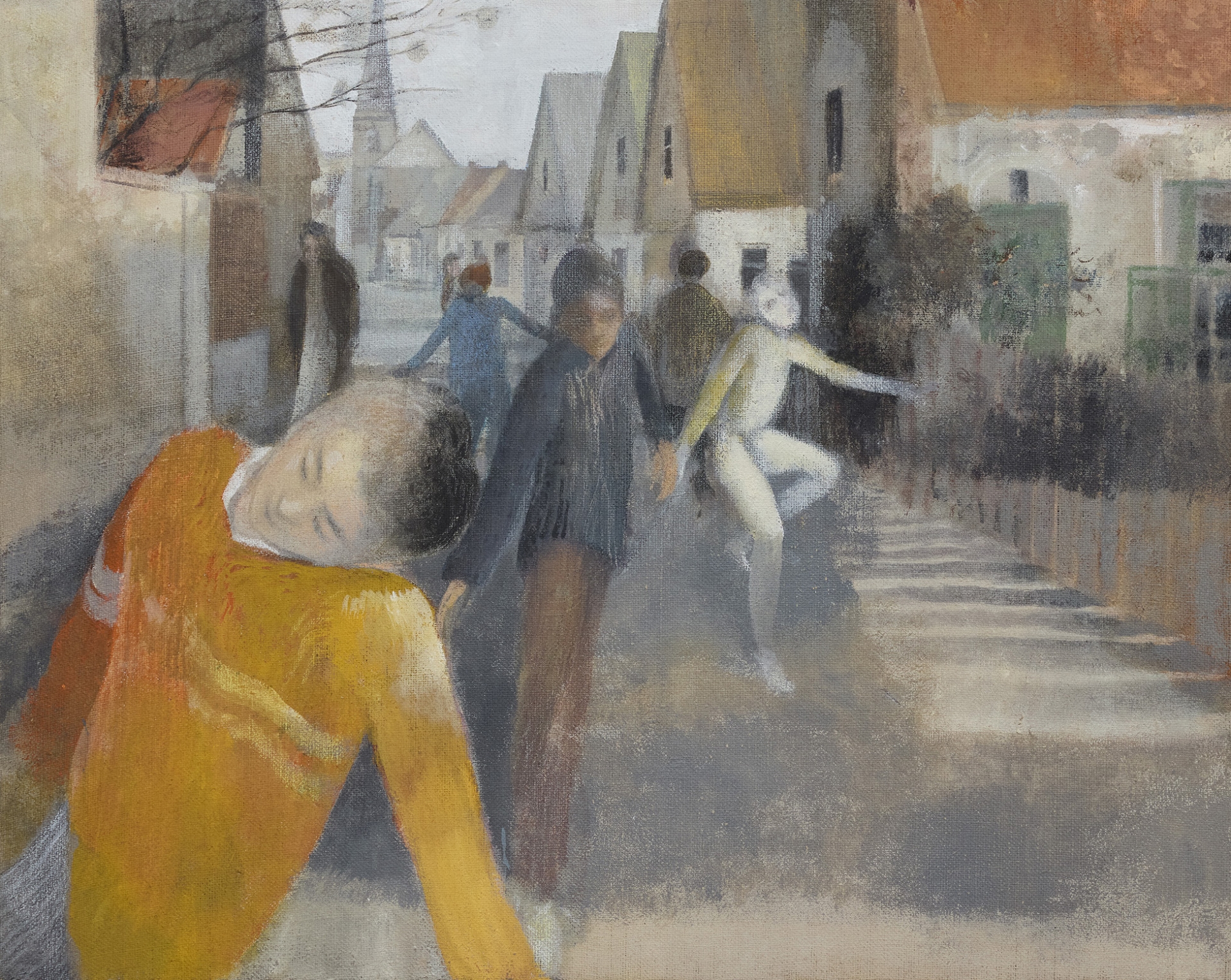
A slit in an otherwise purely dark canvas opens to the interior with a door and a chair. If one insists on seeing a painting as a window, then one is confronted with a puzzle. The window shows a dark space with light coming through the open door. The person peering through that painting would probably be interested in the immediately adjoining space, not the view towards the more distant rooms. Yet that sight is not available. The viewer is confronted with something incidental.
There is another interpretation of this painting that arises from the assumption that it is a continuation of the investigation into an attempt at depiction of sequences of movements. The return to the classic motive of futurist painting was not driven by the same concerns. The ambition here was to distil the anecdotal into a bare suggestion of action. The flow crystallised into a cage defined by successive stages of movement. And that meant that time became space - the ultimate goal of an attempt at making a picture. But what happens when all the stages of movement are identical? A film that shows stillness. The painting in question might be showing that suspended moment while the dark surrounding is suggesting the other, identical, and unnecessary views. This is paradoxical, because we are left with stillness which conceals and shows at the same time the arrival and passing of other indistinguishable moments.
The format of the slit then abandons the surrounding darkness and passes through other views - a solitary tree or a gloomy marina. The reduction of anecdote is most radical, yet the format keeps alive the suggestion. These paintings behave like strata revealed at an excavation site — isolated traces that hint at a broader narrative without ever reconstructing it. What remains is a residue, a suspended moment extracted from the flow of time. The horizontal stillness of the landscape is crammed into the dynamic verticality of a portrait format. A more traditional format reappears unexpectedly within a puzzling vertical painting which is composed of three lying rectangulars. The middle one probably depicts a mirror, in which a decomposed landscape seems to emerge and materialise. The impossible position of the viewer makes the reading of the image even more compelling.
The narrative is not entirely abandoned. Some paintings include gatherings of people engaged in communal activities. The surrounding causes these figures to appear as if they are not so different from the landscapes. The anecdote here is reduced to a rudimentary level and the constellation of people tends to resemble natural phenomena. They materialise as colours visible because they pass through crystals suspended in the air. They allow seeing to be seen, as observed by Julian Przyboś in a brief note:
She appeared elsewhere — not as a continuation of the line along which she had been moving when I lost sight of her, but closer, on a diagonal to that earlier vision — returning as both the result and the fading of my gaze! She revealed herself so unexpectedly, as if the air itself had taken over my seeing, thickened, and become visible on its own. Just like something that emerges out of nothingness.
This emergence is sudden, fragmentary, and partial. The view does not reconstruct a vanished whole, but makes visible the traces, pauses, and suspensions through which time itself becomes space.
(1) Zjawiła się gdzie indziej, nie w przedłużeniu tej linii, którą szła - gdy straciłem jej widok z oczu - lecz bliżej, ukośnie do tamtego widzenia - wraca jak wynik i zanik mojego patrzenia! Objawiła się tak nieoczekiwanie, jakby powietrze przejęło moje widzenie, zgęstniało i samo się uwidoczniło. Właśnie tak jak coś co powstaje z nicości.
Daniel Muzyczuk
Une ouverture dans une toile uniformément sombre révèle un intérieur où se trouvent une porte et une chaise. Celui qui persisterait à voir le tableau comme une fenêtre se trouverait alors confronté à un casse-tête. Cette fenêtre montre un espace sombre où une porte ouverte laisse passer la lumière. Celui qui regarderait à travers ce tableau serait sans doute intéressé par l’espace le plus proche, et non par ce qui se révèle dans les pièces les plus distantes. Mais cette vue se dérobe. Le regardeur est confronté à quelque chose d’accidentel.
L’hypothèse qu’on a affaire à une poursuite des recherches visant à décrire les séquences du mouvement autorise une autre interprétation de ce tableau. Ce retour à un thème typique des futuristes n’est pas motivé par les mêmes préoccupations. Leur ambition était de distiller l’anecdotique par la simple suggestion d’une action. Un flux cristallisé dans une cage dont les barreaux seraient marqués par les étapes successives du mouvement. Ce qui signifiait que l’espace devenait mouvement – but ultime de toute tentative de faire image. Mais à quoi parvient-on quand toutes les étapes d’un mouvement sont identiques ? Un film qui fait défiler l’immobile. Le tableau en question représente peut-être ce moment suspendu quand l’obscurité environnante suggère des vues autres, identiques et non essentielles. Ce qui est paradoxal, car nous nous trouvons en présence d’une immobilité qui dissimule et en même temps expose la survenue et le passage de moments impossibles à distinguer.
L’ouverture abandonne les sombres parages pour nous conduire vers d’autres vues – un arbre solitaire ou une marina sinistre. La réduction de l’anecdote est la plus radicale, néanmoins le format maintient la possibilité d’une suggestion. Ces tableaux sont comme des strates mises à jour dans un site archéologique – traces isolées qui suggèrent un vaste récit sans jamais le reconstruire entièrement. Ce qui reste est un résidu, un moment suspendu arraché au temps qui passe. La tranquillité horizontale du paysage est comprimée dans la verticalité dynamique d’un format portrait. Un format plus traditionnel fait un retour inattendu dans un déconcertant tableau composé de trois rectangles superposés. Celui du centre représente probablement un miroir dans lequel un paysage décomposé semble émerger et se matérialiser. Le regardeur se retrouve dans l’impossibilité de trouver sa place, ce qui rend la lecture de l’image encore plus percutante.
L’intention narrative n’est pas totalement abandonnée et certains tableaux comprennent des groupes de personnages qui interagissent. Toutefois, l’espace où ces figures apparaissent laisse à penser que ces personnages ne sont pas si différents des paysages qu’ils peuplent. Ici, le contenu anecdotique est réduit à l’essentiel et des personnages en constellation apparaissent tels des phénomènes naturels. Ils se matérialisent sous forme de taches de couleurs lorsqu’ils traversent des cristaux suspendus dans les airs. Ils rendent visible l’acte de voir, comme l’observe Julian Przyboś dans un court paragraphe.
Elle est apparue ailleurs – non dans la continuation de la ligne qu’elle suivait lorsque je l’ai perdue de vue, mais plus proche, sur une diagonale de cette vision première – revenant comme le résultat et l’effacement de mon regard. Elle s’est révélée de manière si inattendue, comme si l’air lui-même s’était emparé de mon regard, s’épaississant, devenant lui-même une chose visible. Tout comme quelque chose émergerait du néant.
Cette émergence est soudaine, fragmentaire, partiale. La vue ne reconstruit pas une totalité disparue, mais rend visibles les traces, les pauses, les suspensions par lesquelles le temps lui-même se fait espace.
(1) Zjawiła się gdzie indziej, nie w przedłużeniu tej linii, którą szła - gdy straciłem jej widok z oczu - lecz bliżej, ukośnie do tamtego widzenia - wraca jak wynik i zanik mojego patrzenia! Objawiła się tak nieoczekiwanie, jakby powietrze przejęło moje widzenie, zgęstniało i samo się uwidoczniło. Właśnie tak jak coś co powstaje z nicości.
Auteur : Daniel Muzyczuk
Traduction : Vincent Simon
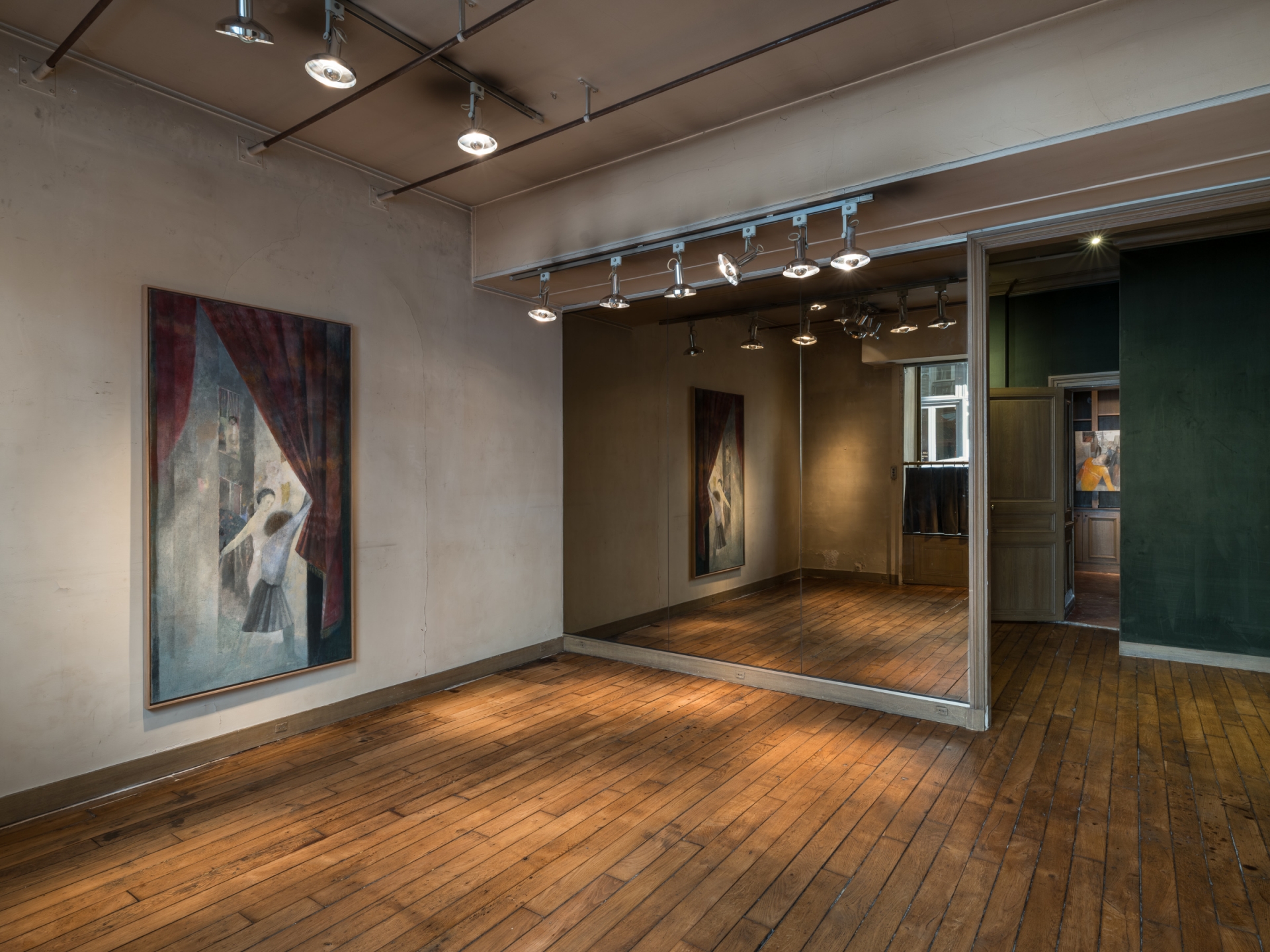
Installation view, At the Excavation Site, 2025, Crèvecœur, Paris.
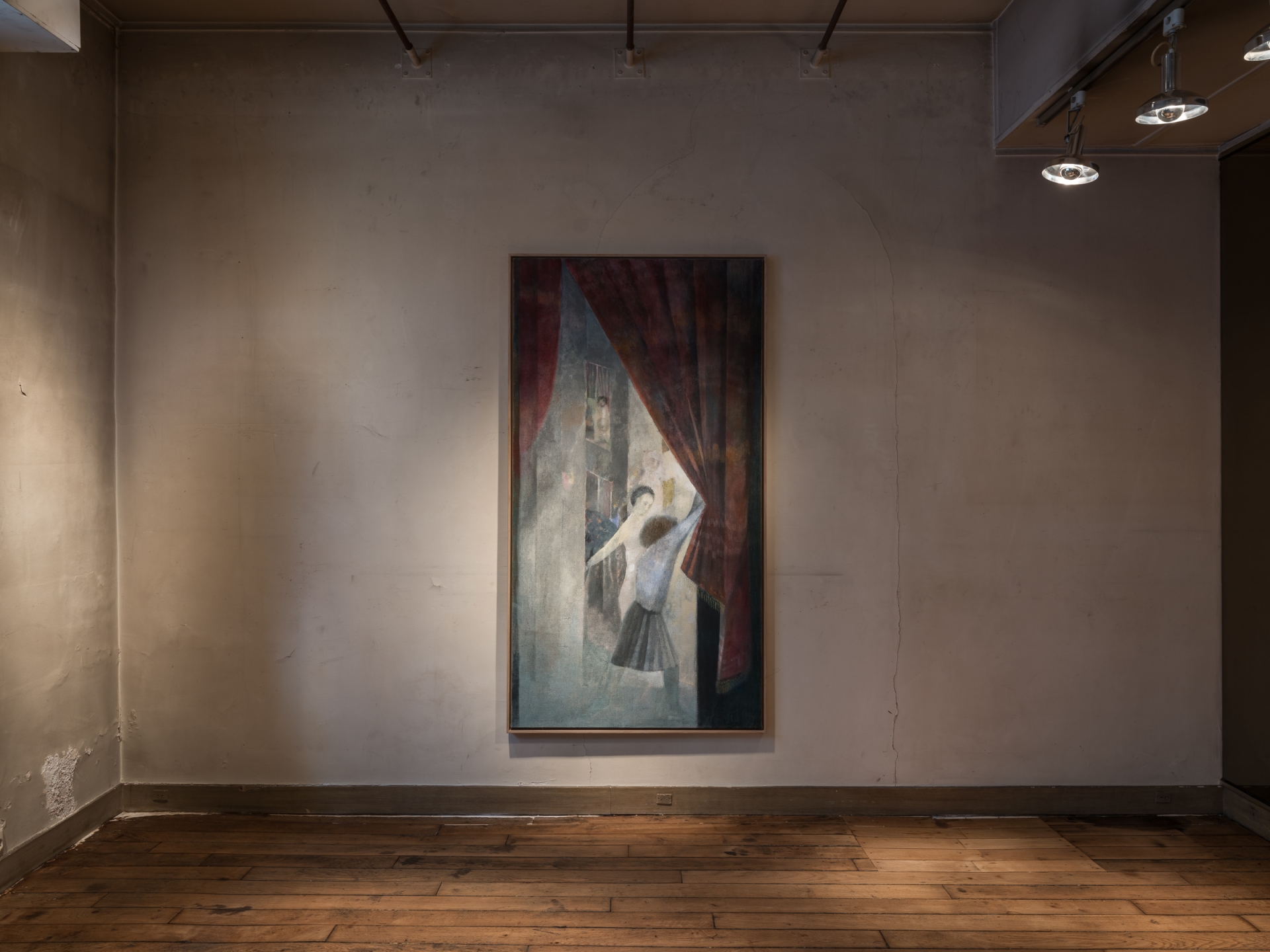
Installation view, At the Excavation Site, 2025, Crèvecœur, Paris.
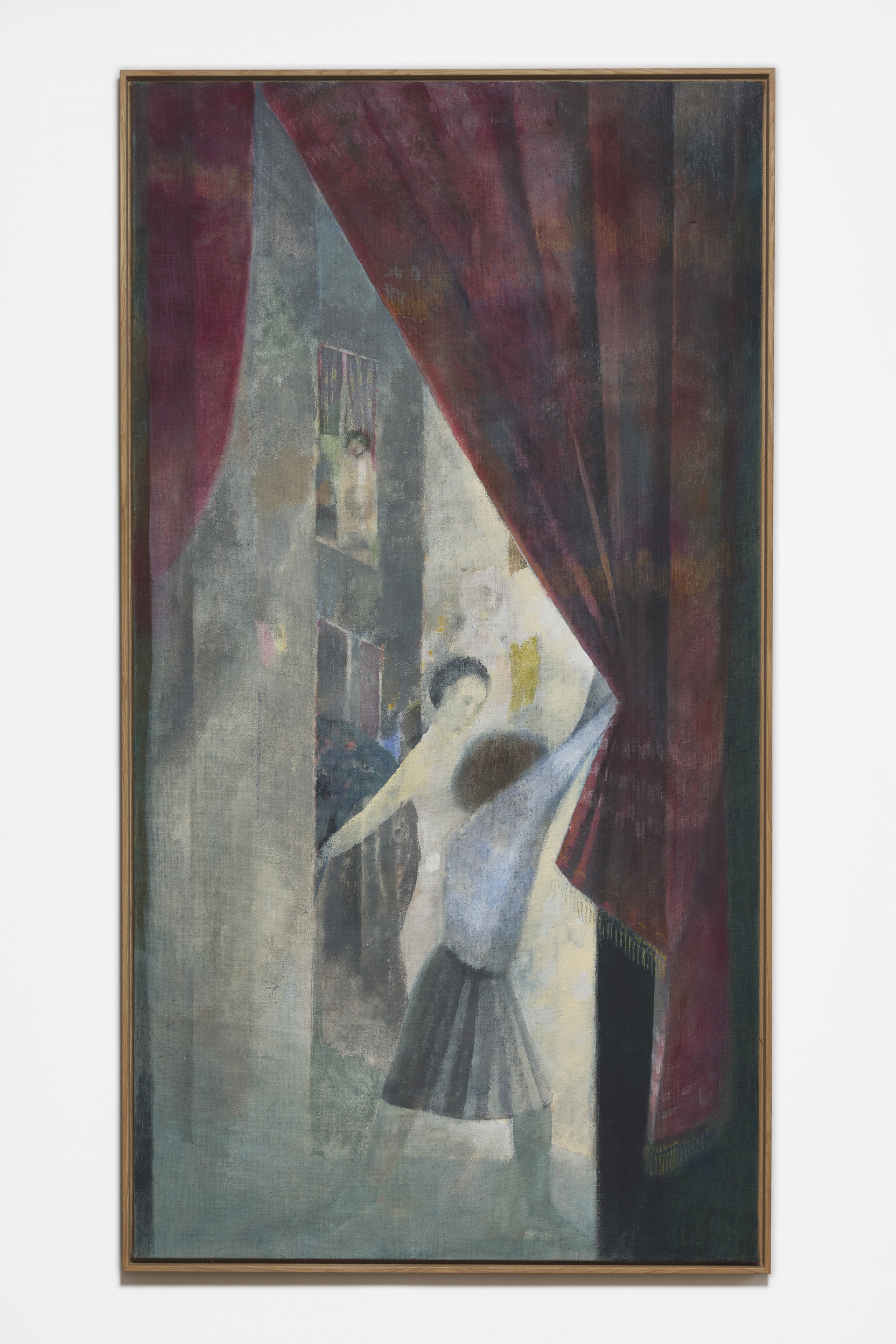
Tomasz Kowalski, untitled, 2025, oil, gouache and pencil on jute, 190 x 100 cm.
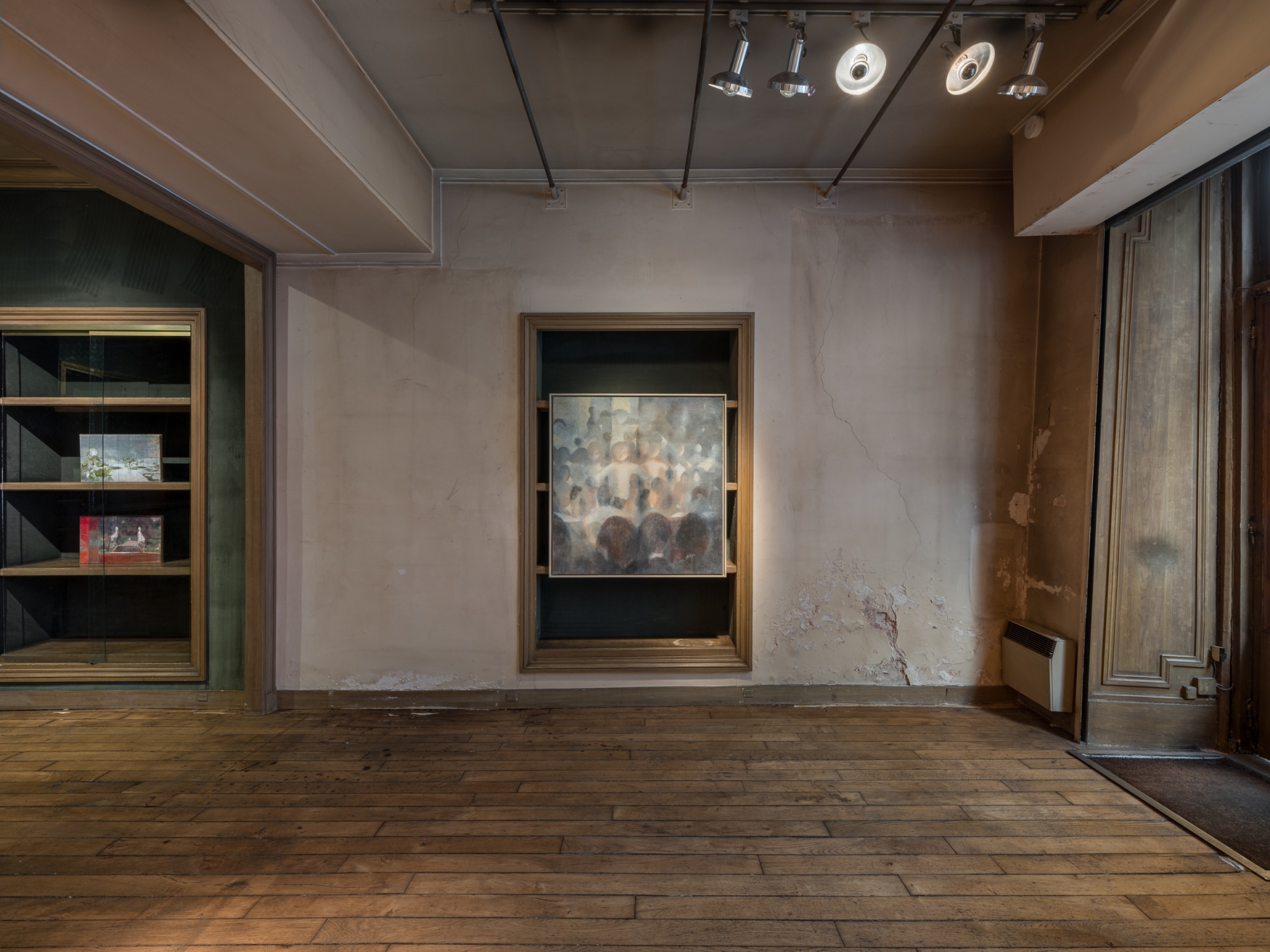
Installation view, At the Excavation Site, 2025, Crèvecœur, Paris.
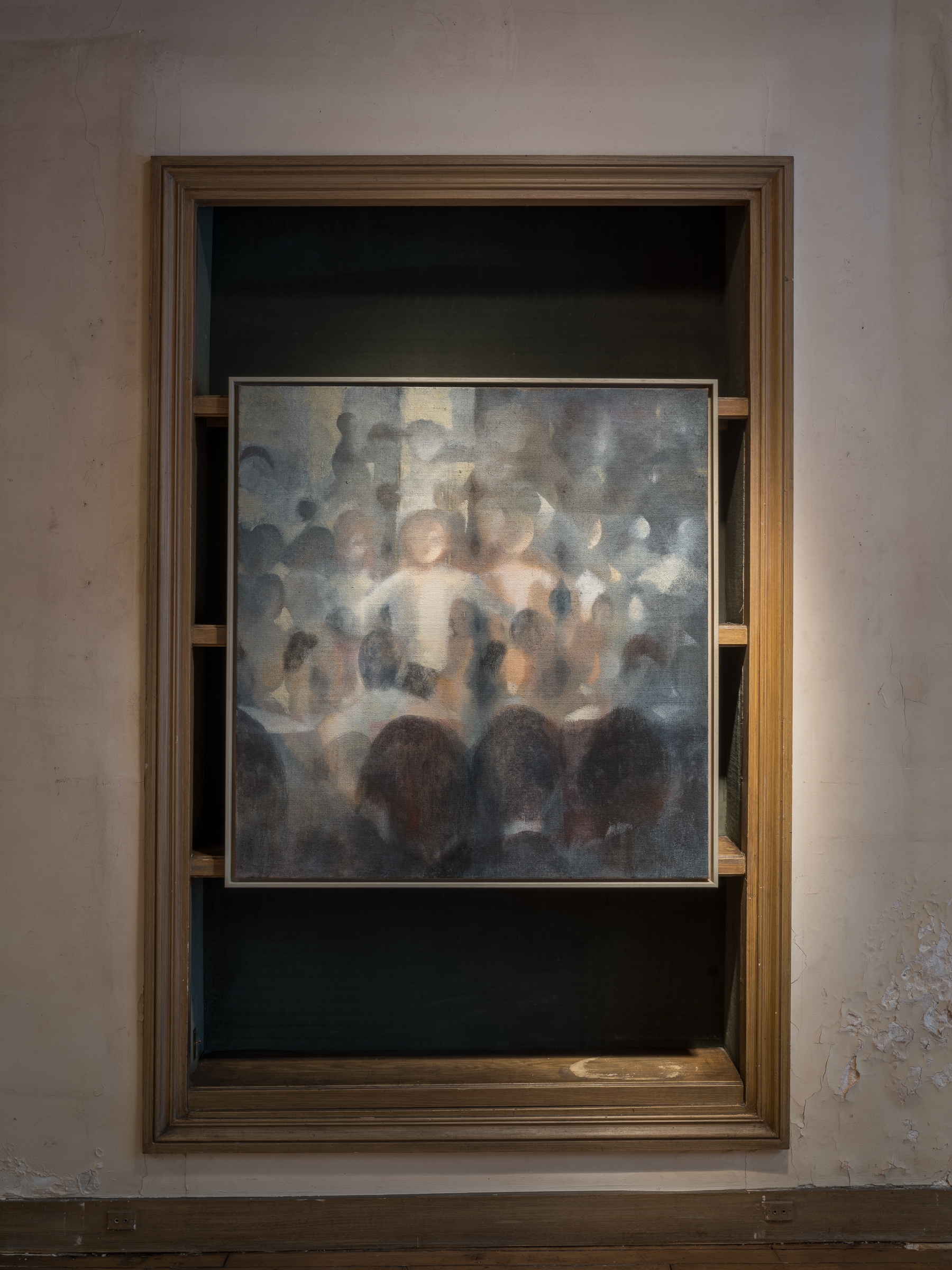
Tomasz Kowalski, untitled, 2025, oil, gouache and pencil on jute, 106 x 102 cm.
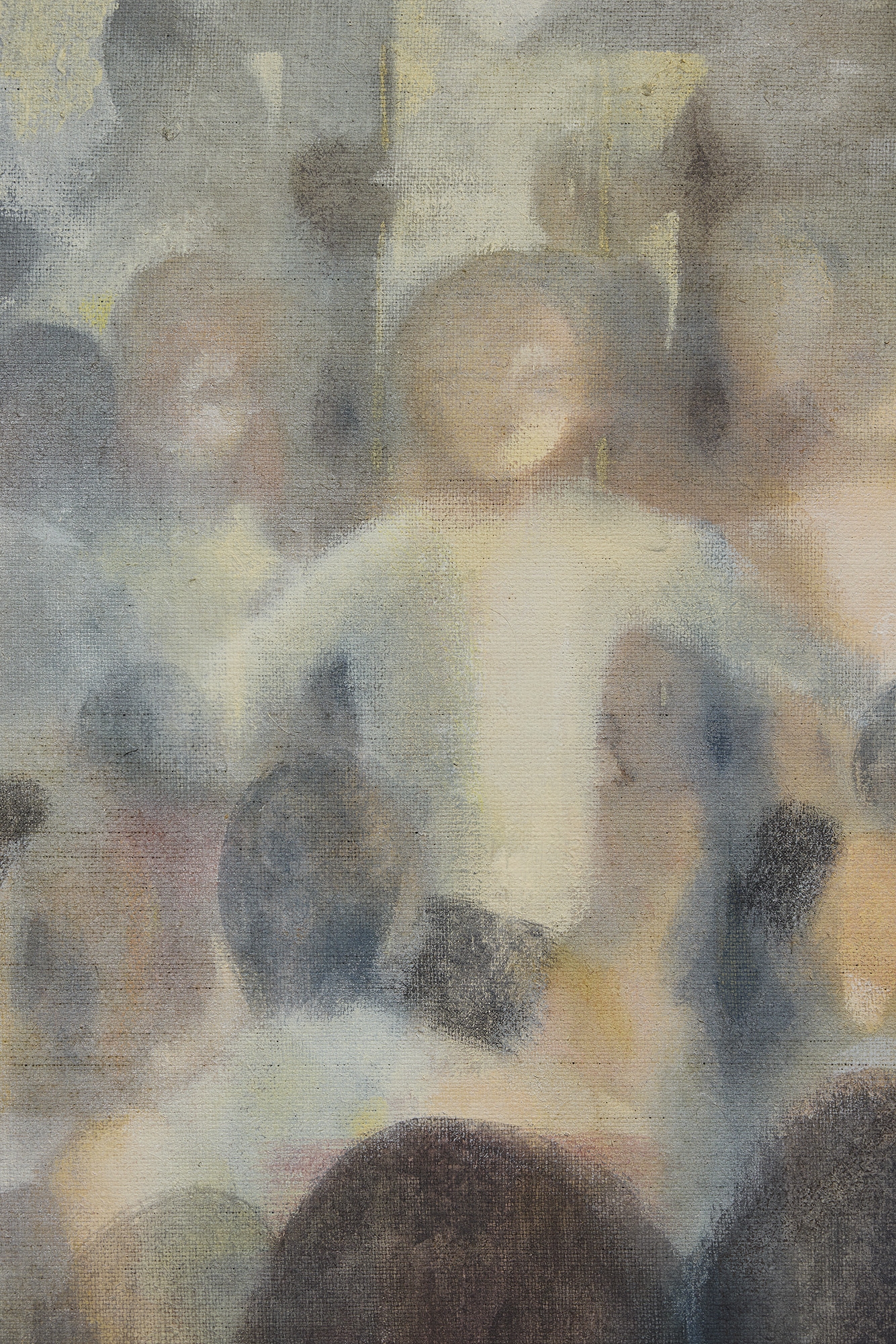
Tomasz Kowalski, untitled, 2025, oil, gouache and pencil on jute, 106 x 102 cm. (detail)
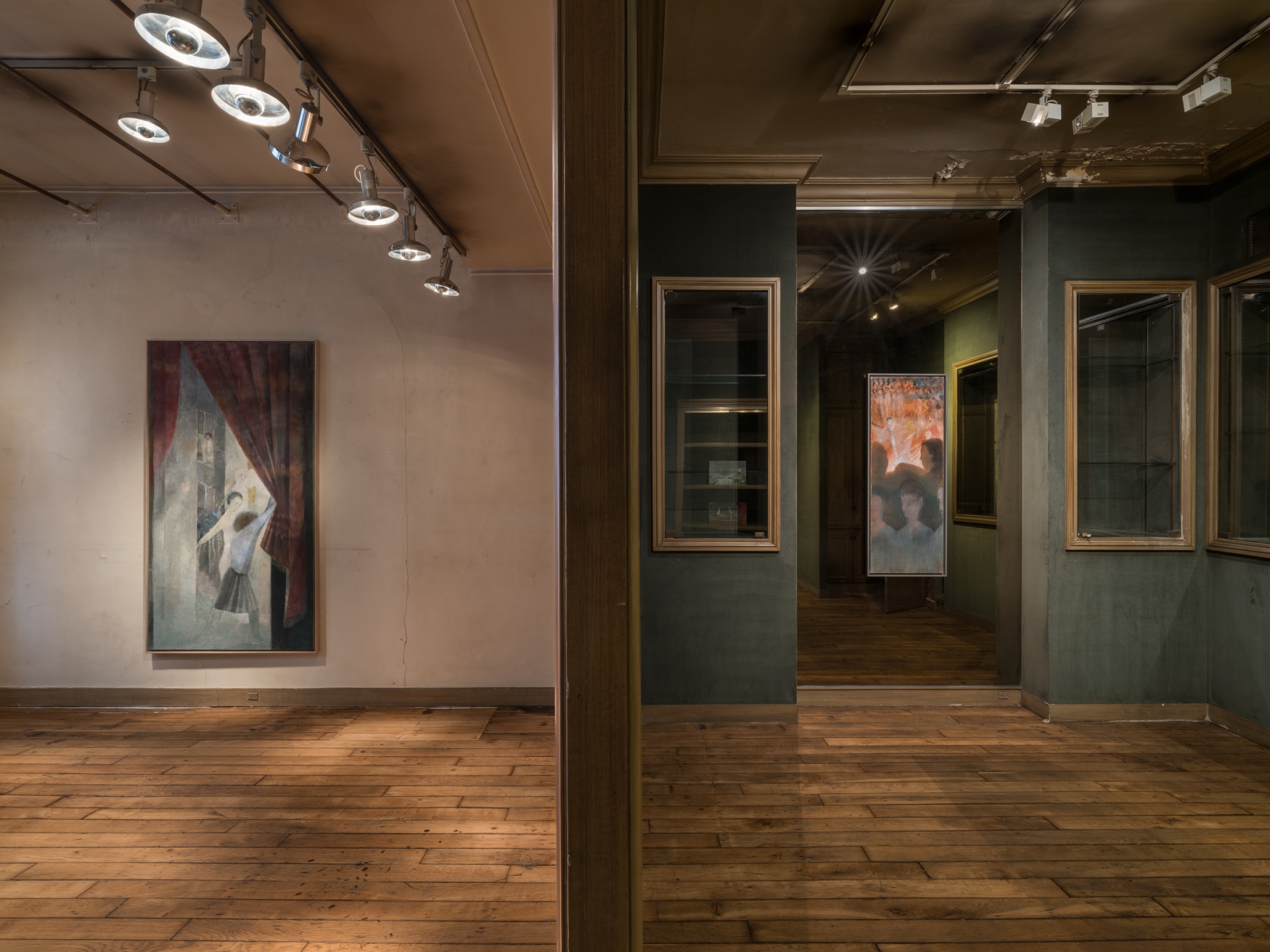
Installation view, At the Excavation Site, 2025, Crèvecœur, Paris.
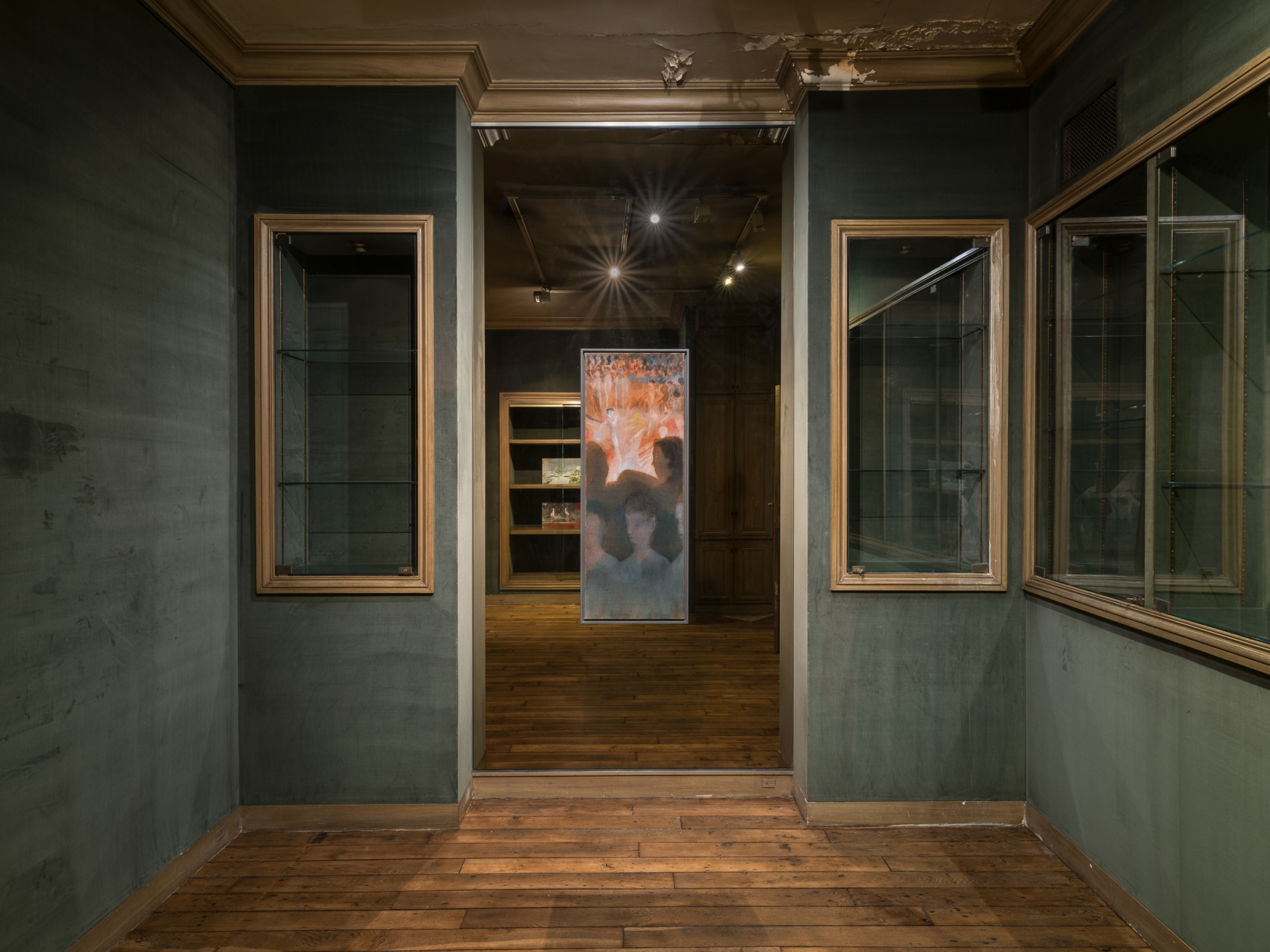
Tomasz Kowalski, untitled, 2025, oil, gouache and pencil on jute, 121 x 45 cm.
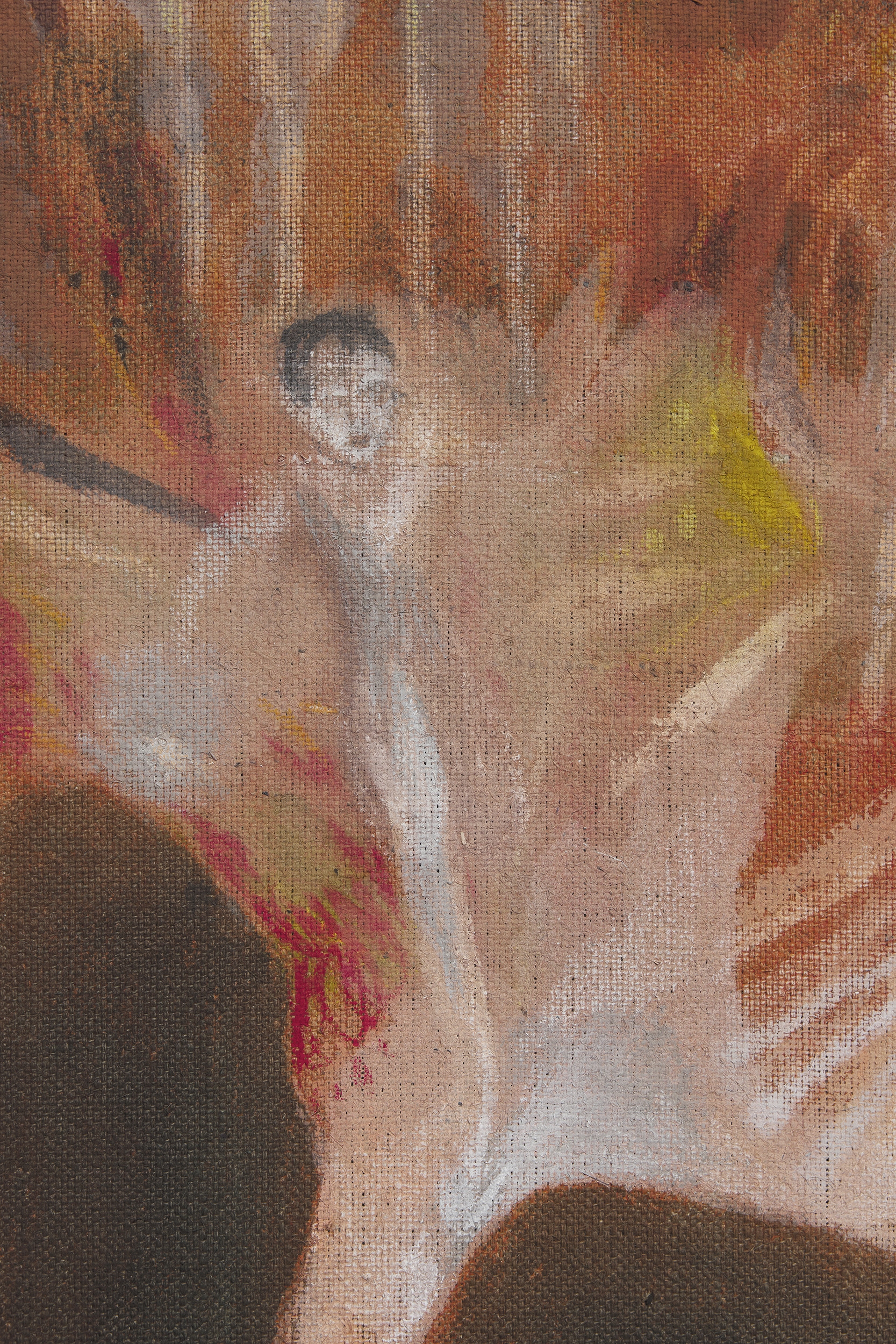
Tomasz Kowalski, untitled, 2025, oil, gouache and pencil on jute, 121 x 45 cm. (detail)
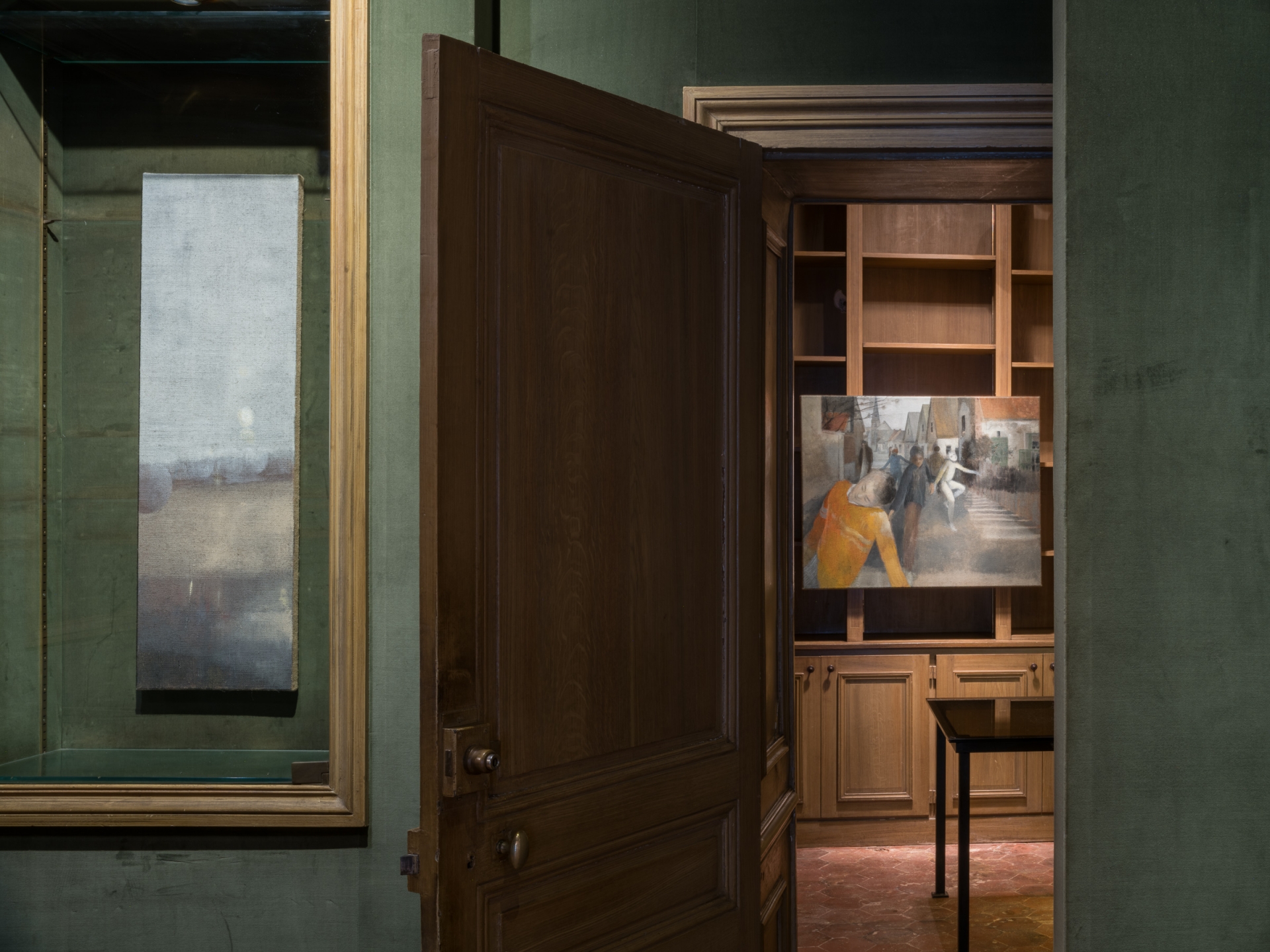
Installation view, At the Excavation Site, 2025, Crèvecœur, Paris.
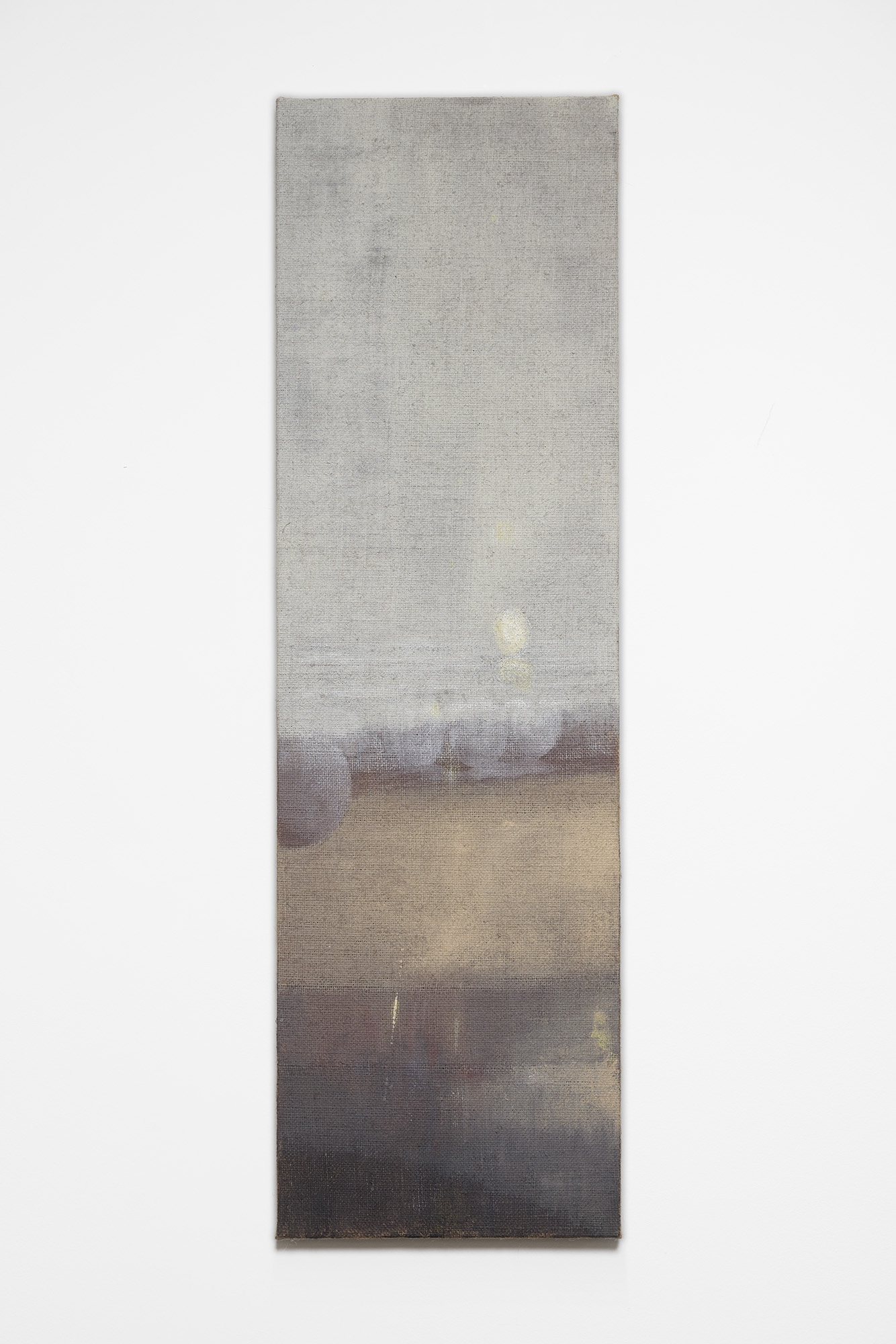
Tomasz Kowalski, Ostend, 2025, oil, gouache and pencil on jute, 100 x 30 cm
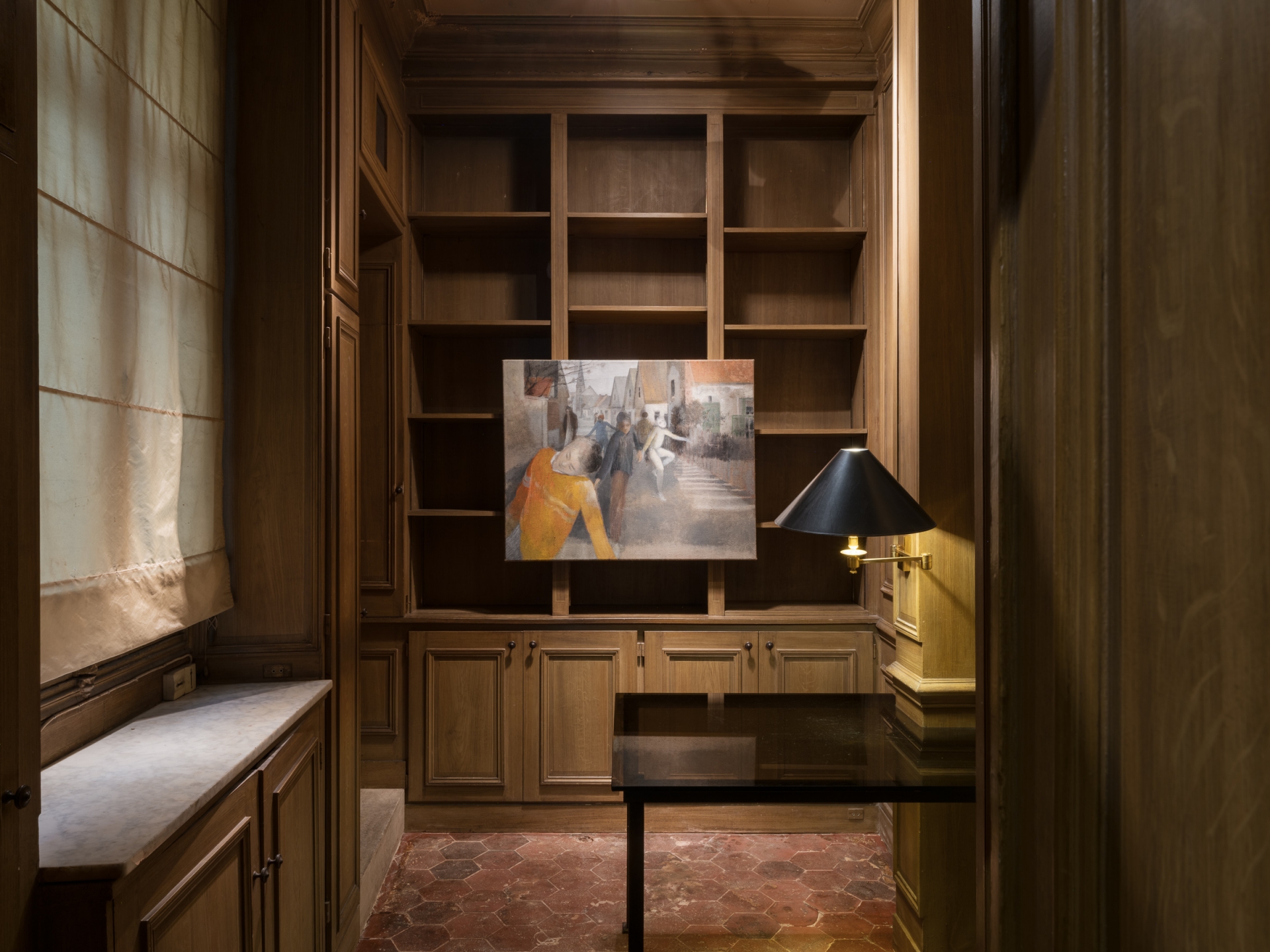
Installation view, At the Excavation Site, 2025, Crèvecœur, Paris.
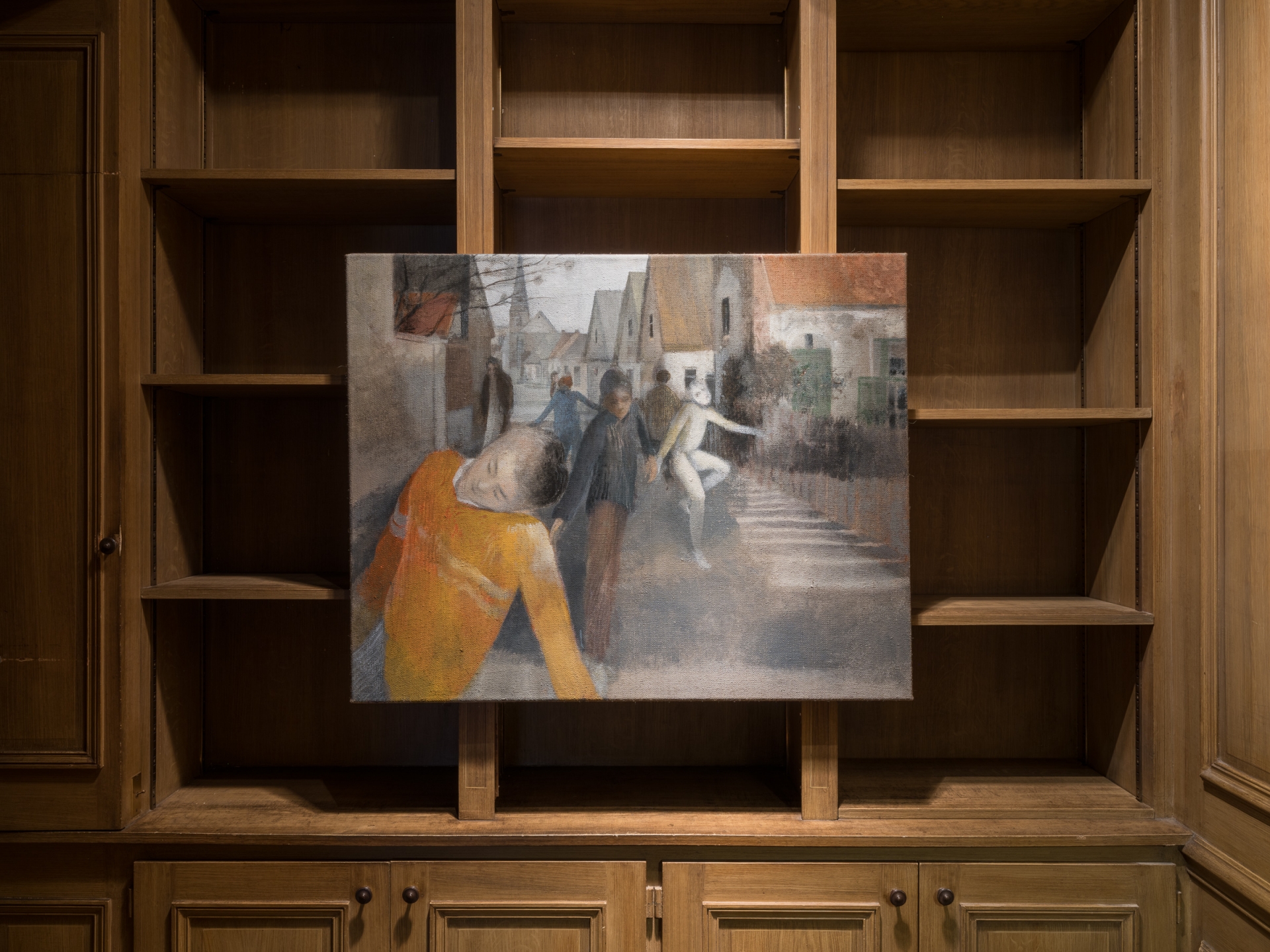
Tomasz Kowalski, untitled, 2025, oil, gouache and pencil on jute, 80 x 100 cm.
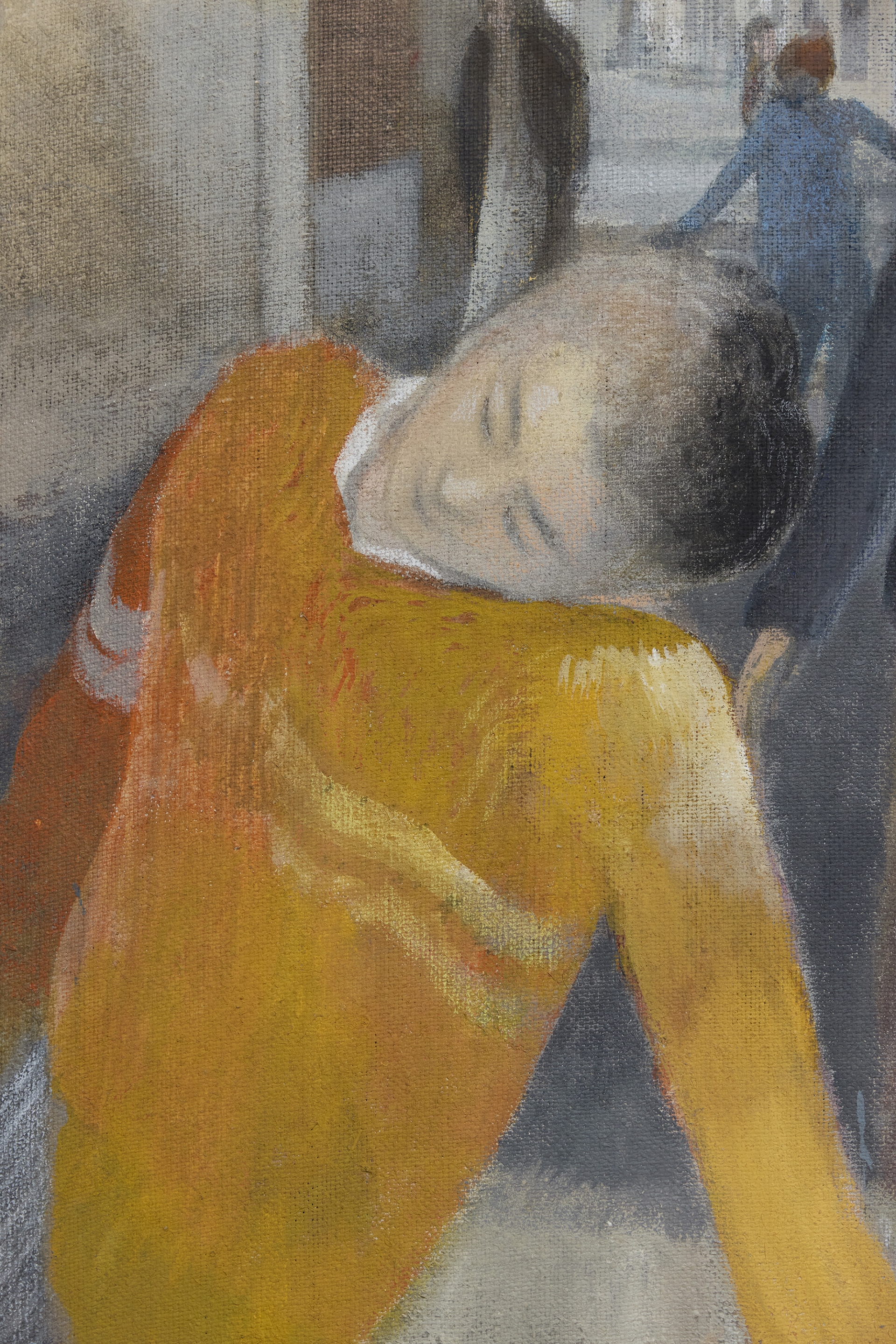
Tomasz Kowalski, untitled, 2025, oil, gouache and pencil on jute, 80 x 100 cm. (detail)
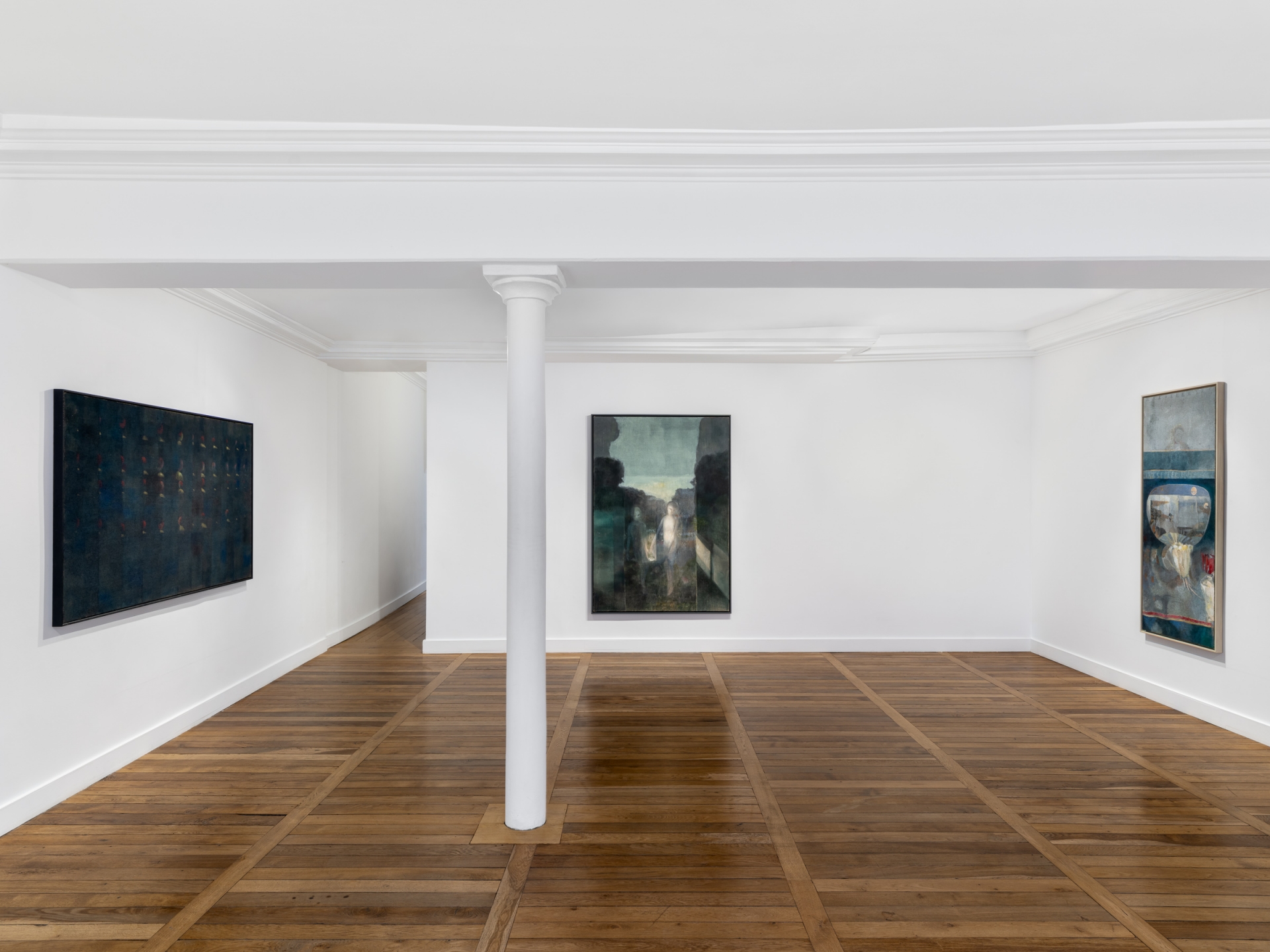
Installation view, At the Excavation Site, 2025, Crèvecœur, Paris.
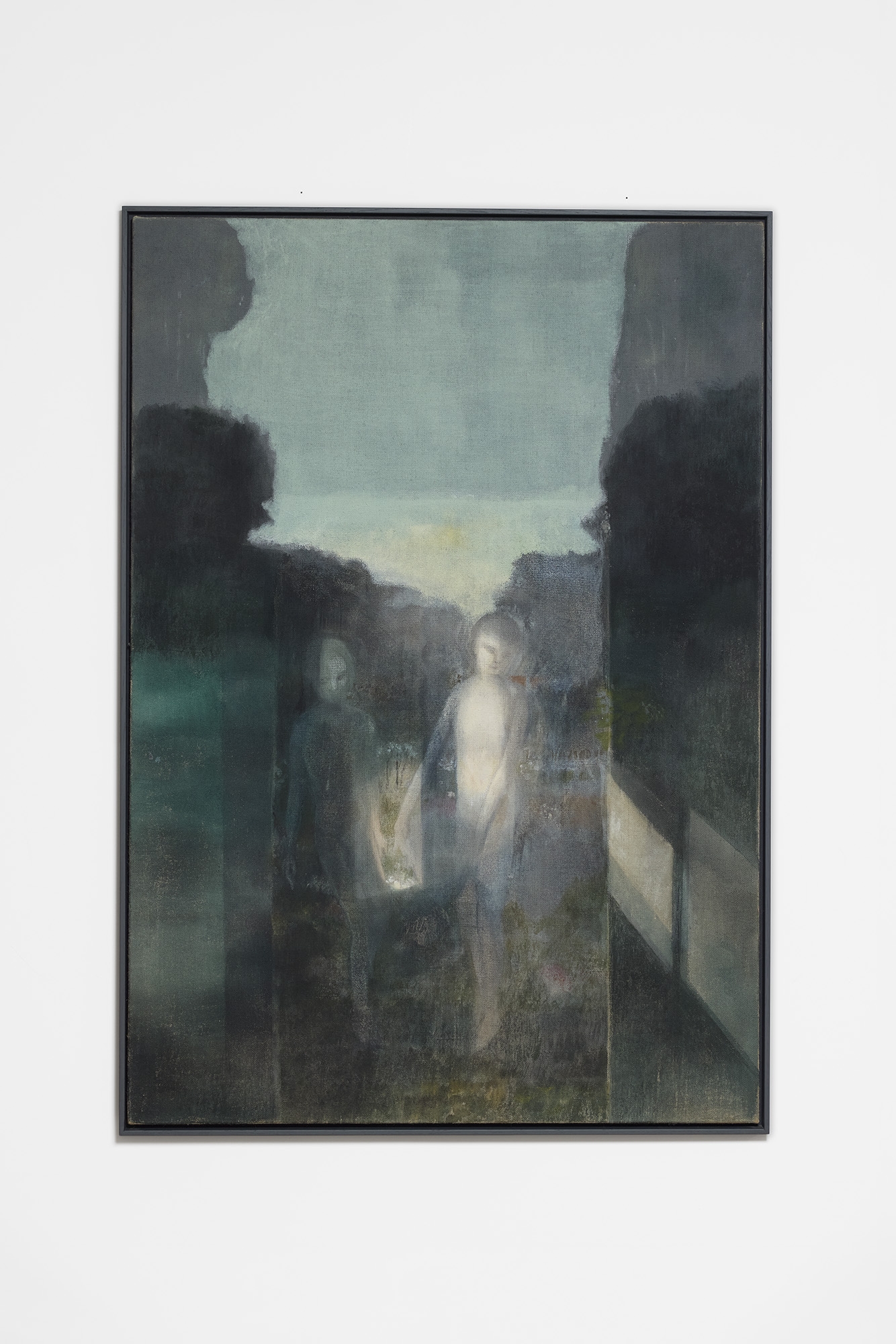
Tomasz Kowalski, untitled (Garden), 2025, oil, gouache and pencil on jute, 165 x 115 cm.
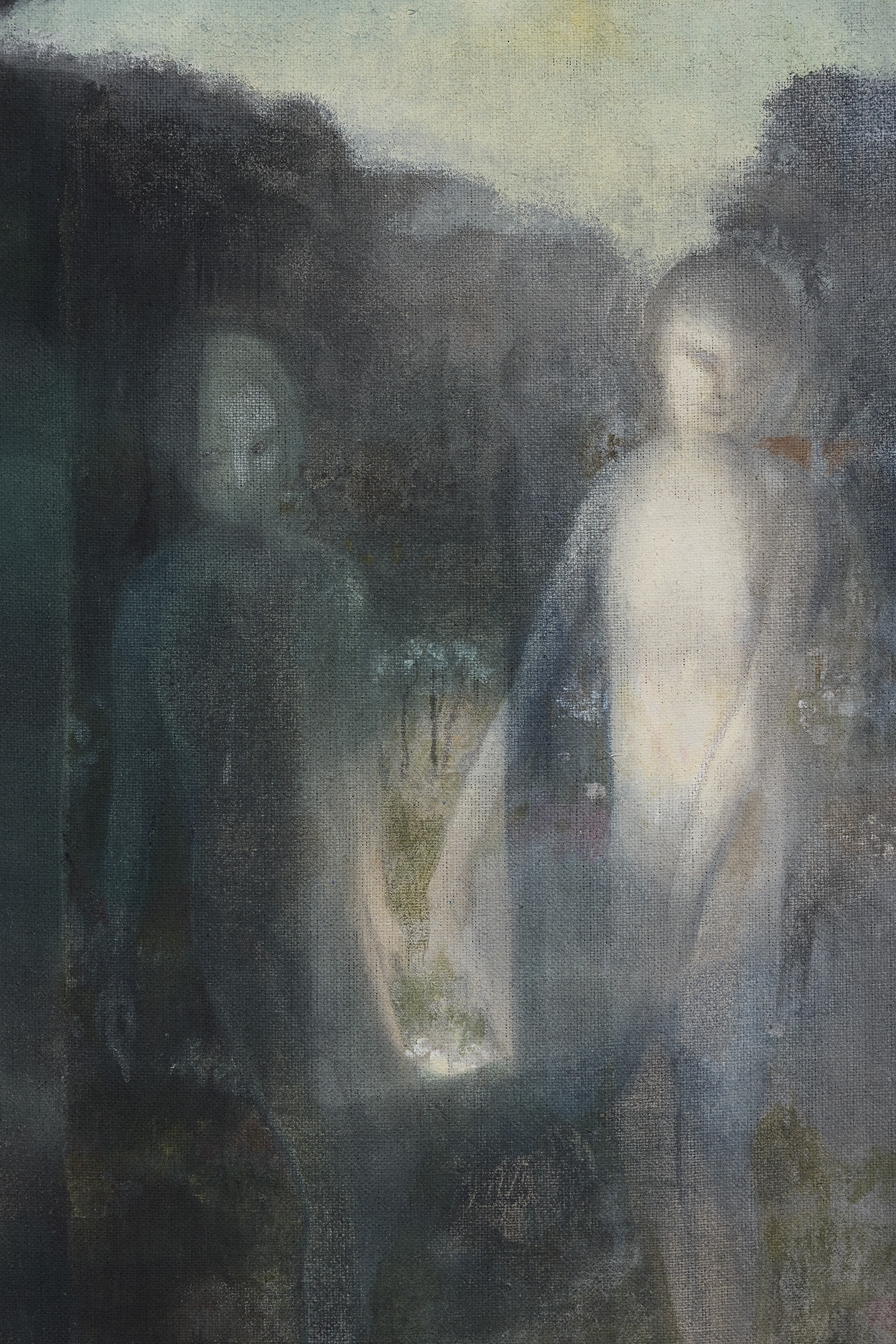
Tomasz Kowalski, untitled (Garden), 2025, oil, gouache and pencil on jute, 165 x 115 cm. (detail)
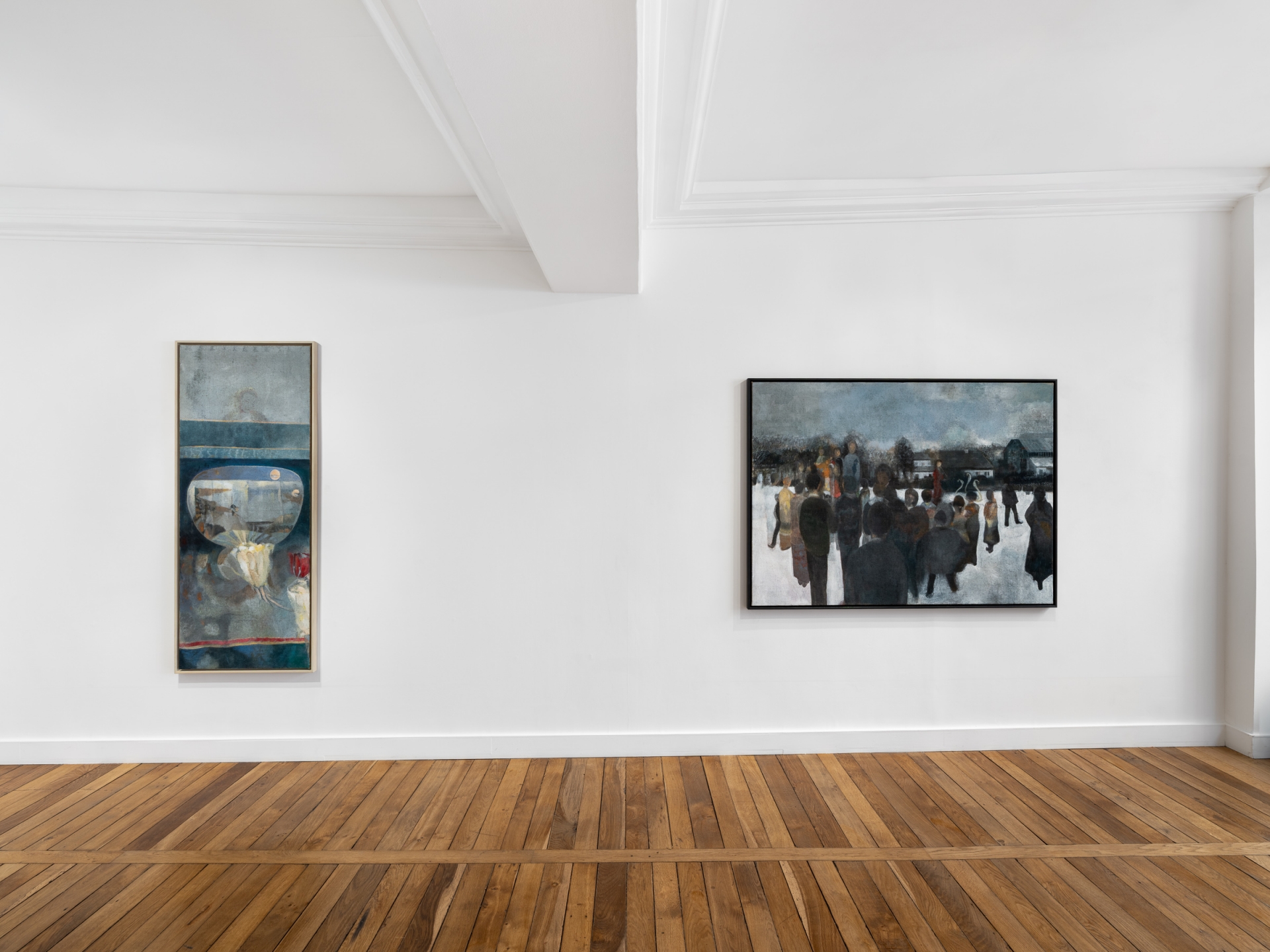
Installation view, At the Excavation Site, 2025, Crèvecœur, Paris.
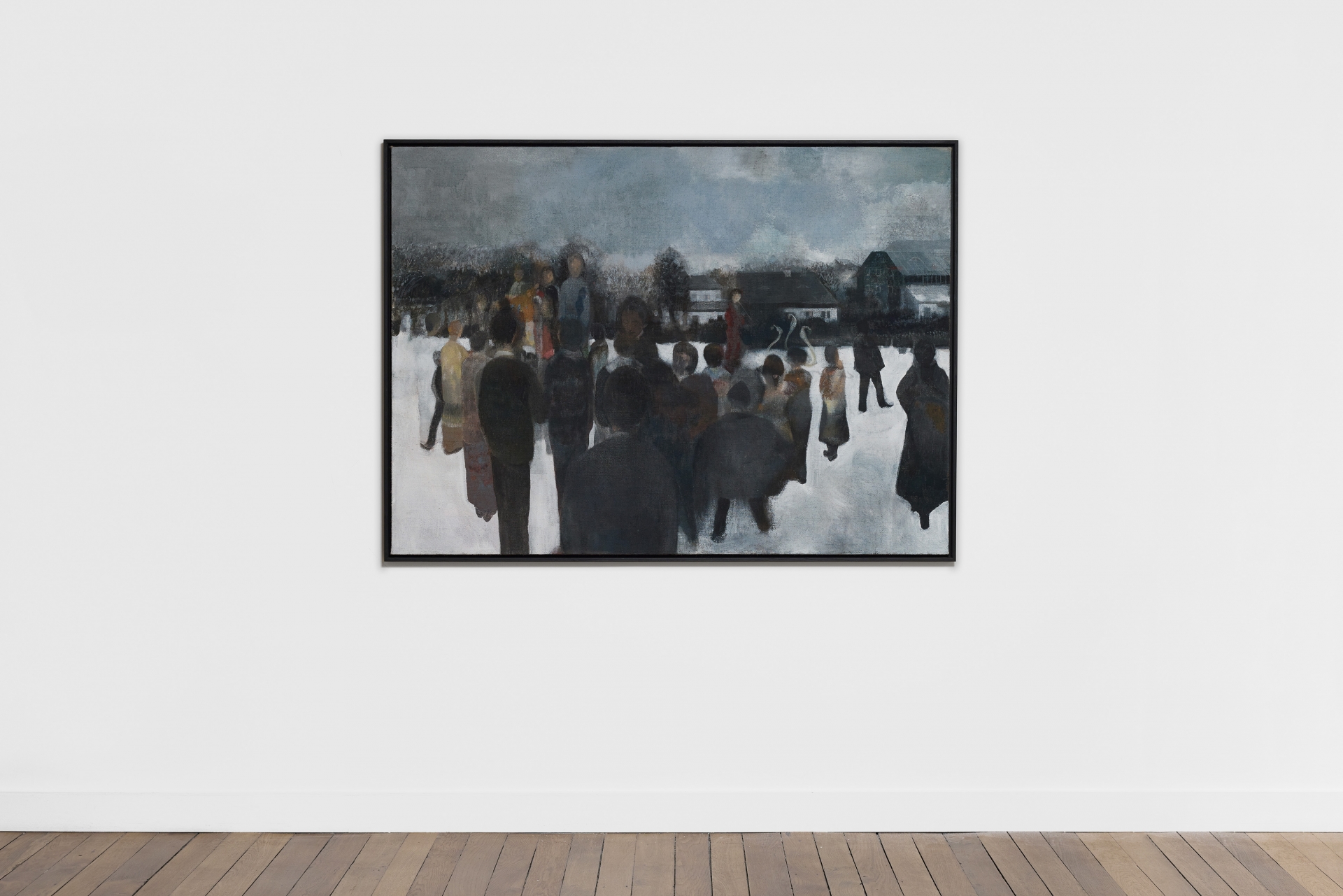
Tomasz Kowalski, untitled (Snake Charmer), 2025, oil, gouache and pencil on jute, 110 x 150 cm.
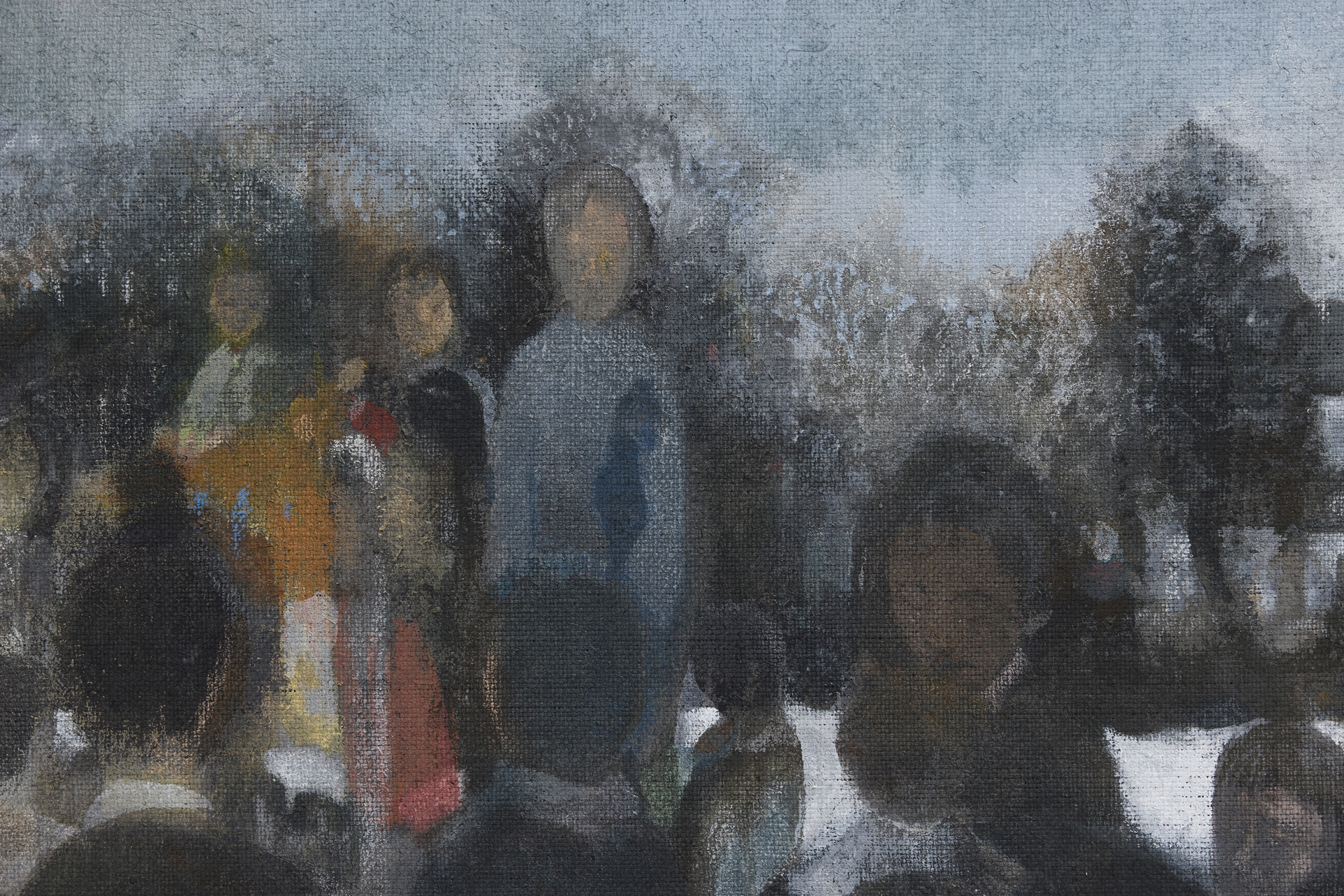
Tomasz Kowalski, untitled (Snake Charmer), 2025, oil, gouache and pencil on jute, 110 x 150 cm. (detail)
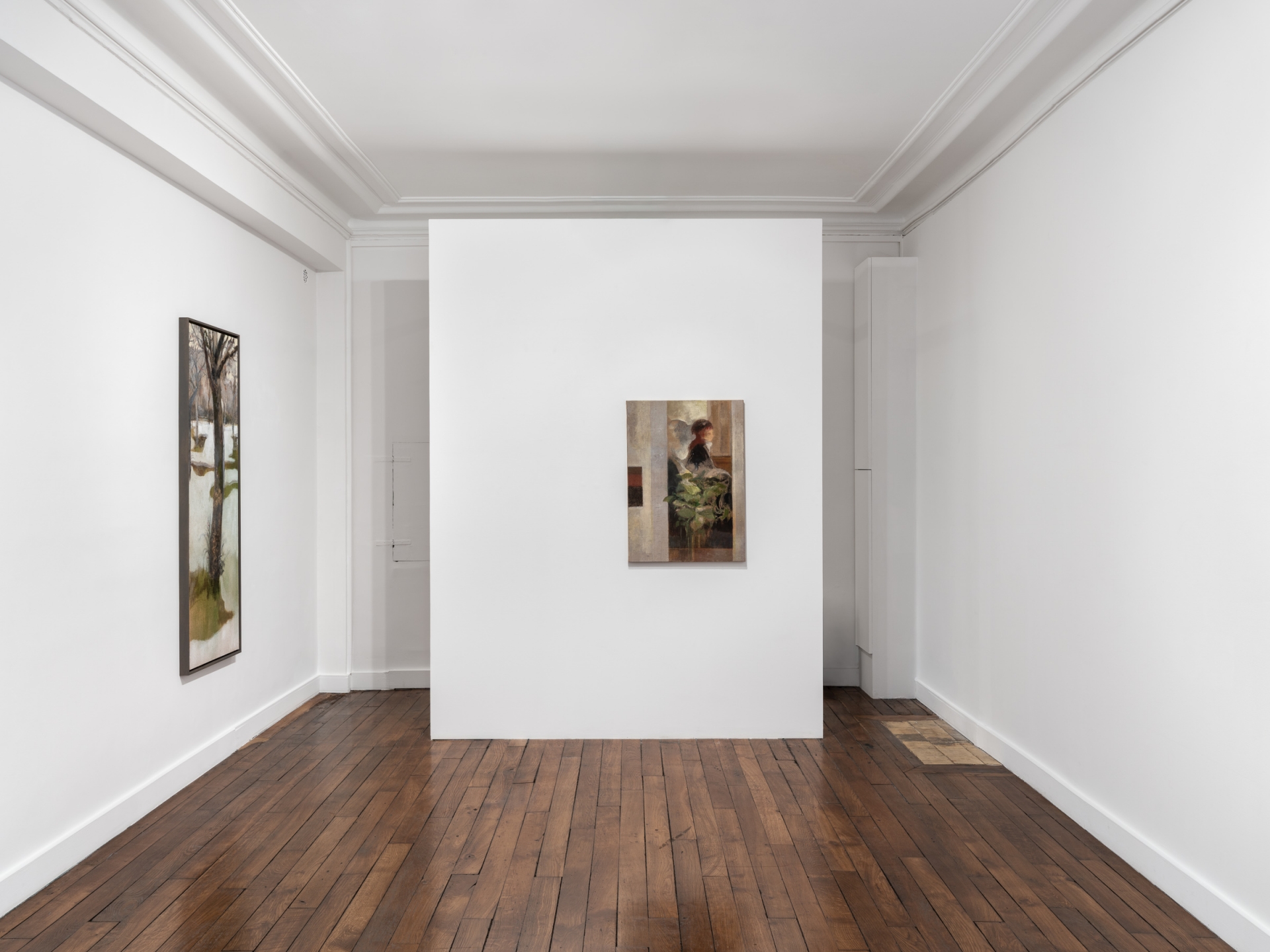
Installation view, At the Excavation Site, 2025, Crèvecœur, Paris.
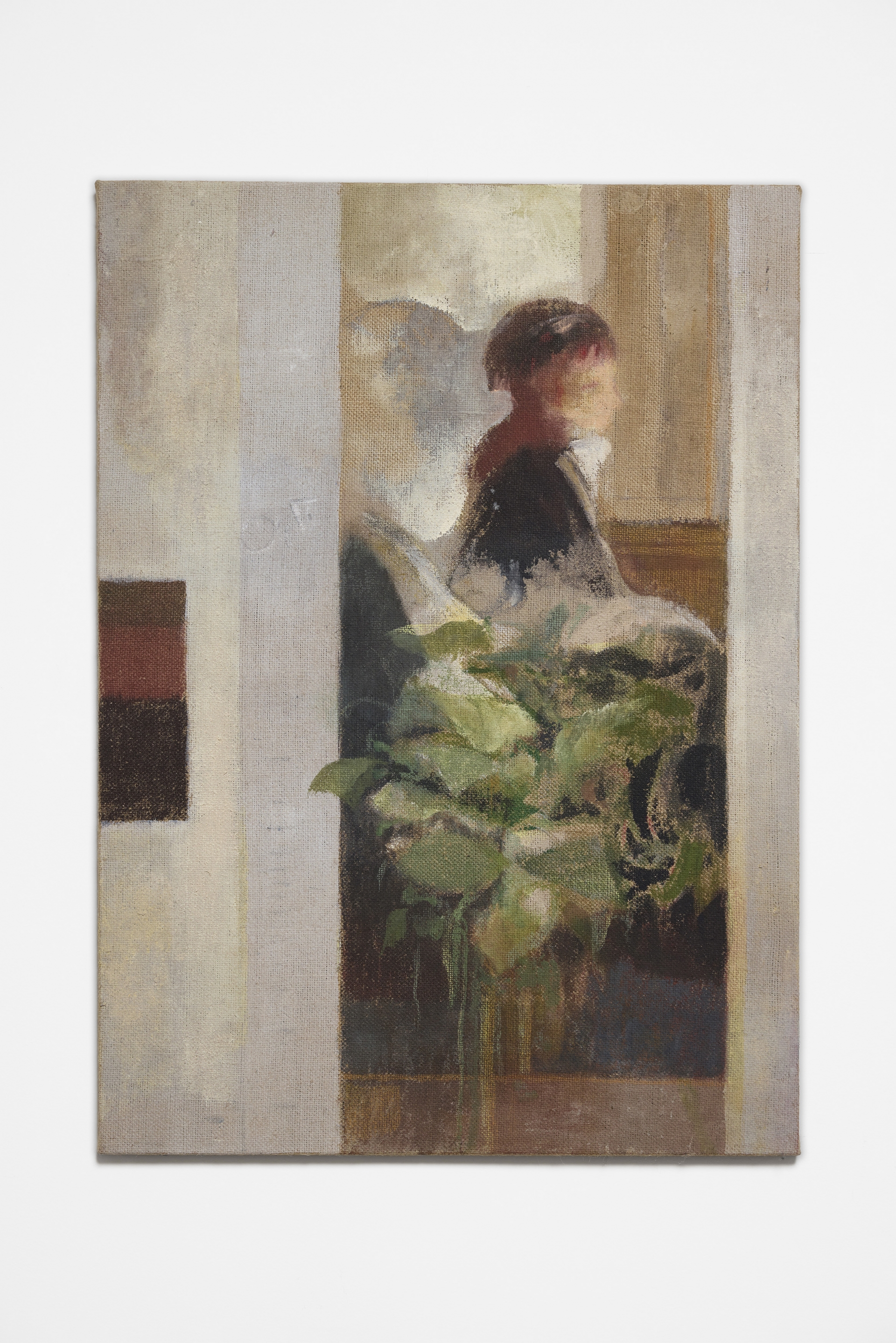
Tomasz Kowalski, untitled (in the mirror), 2025, oil, gouache and acrylic, 82 x 59 cm.
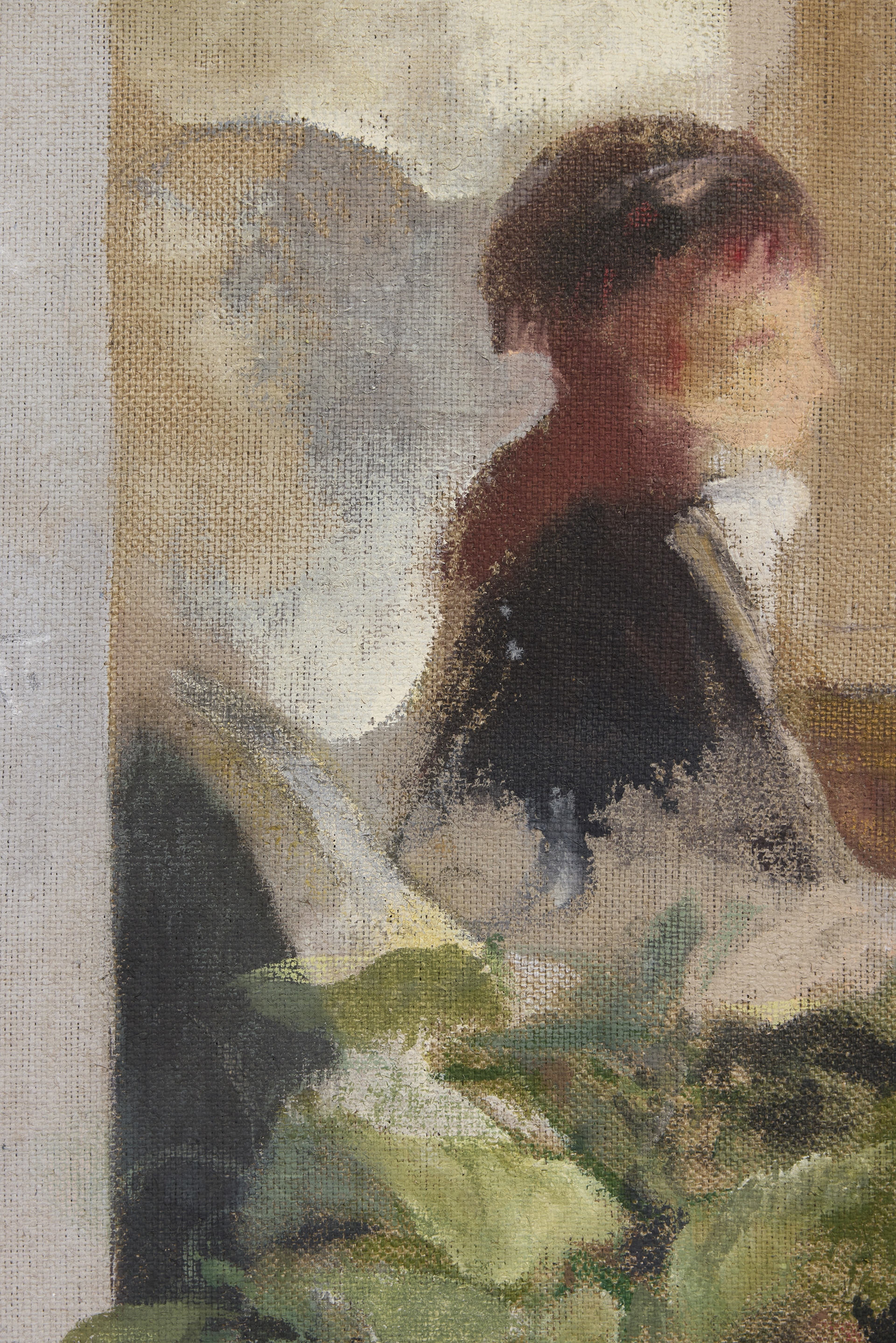
Tomasz Kowalski, untitled (in the mirror), 2025, oil, gouache and acrylic, 82 x 59 cm. (detail)
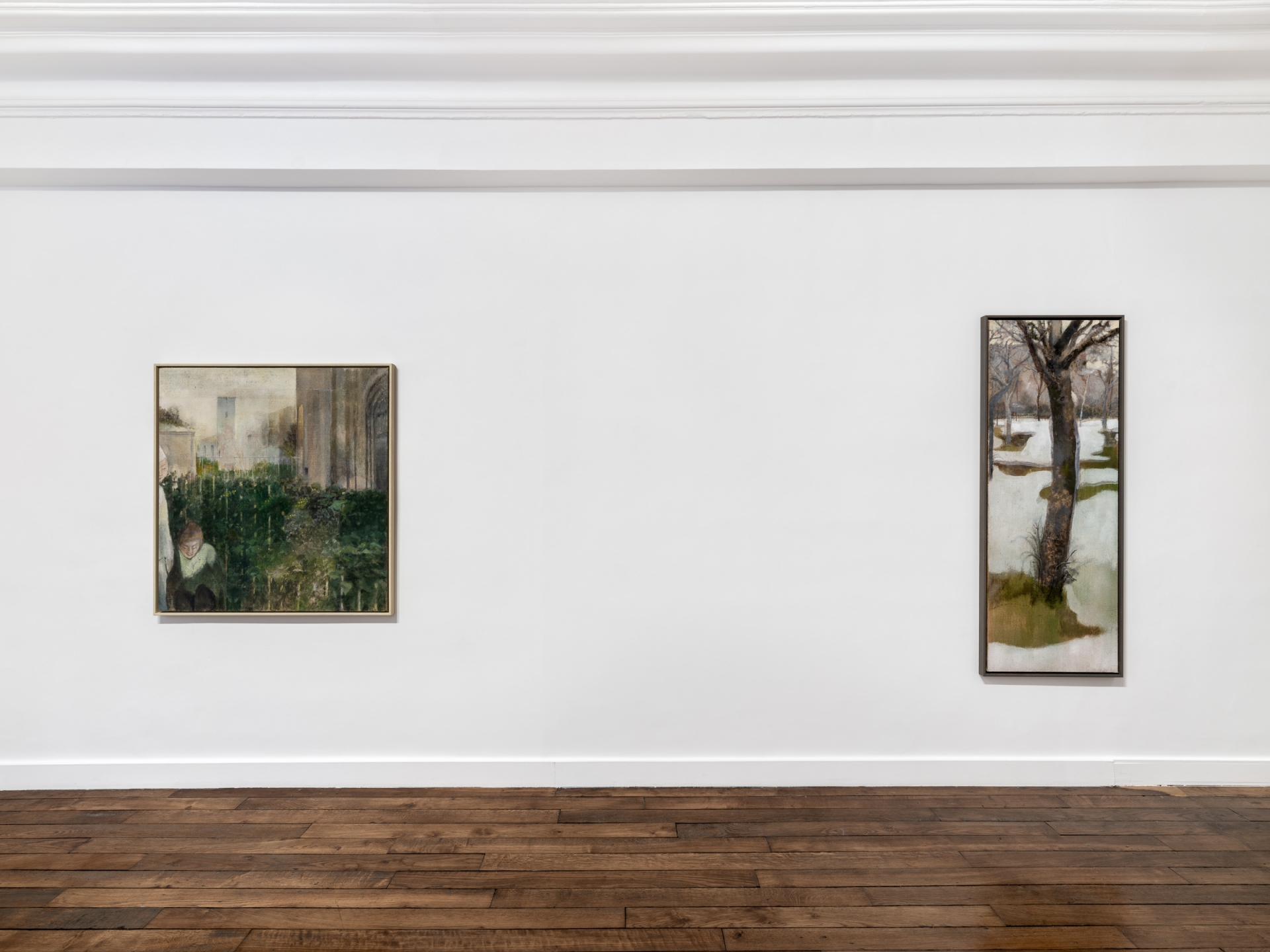
Installation view, At the Excavation Site, 2025, Crèvecœur, Paris.
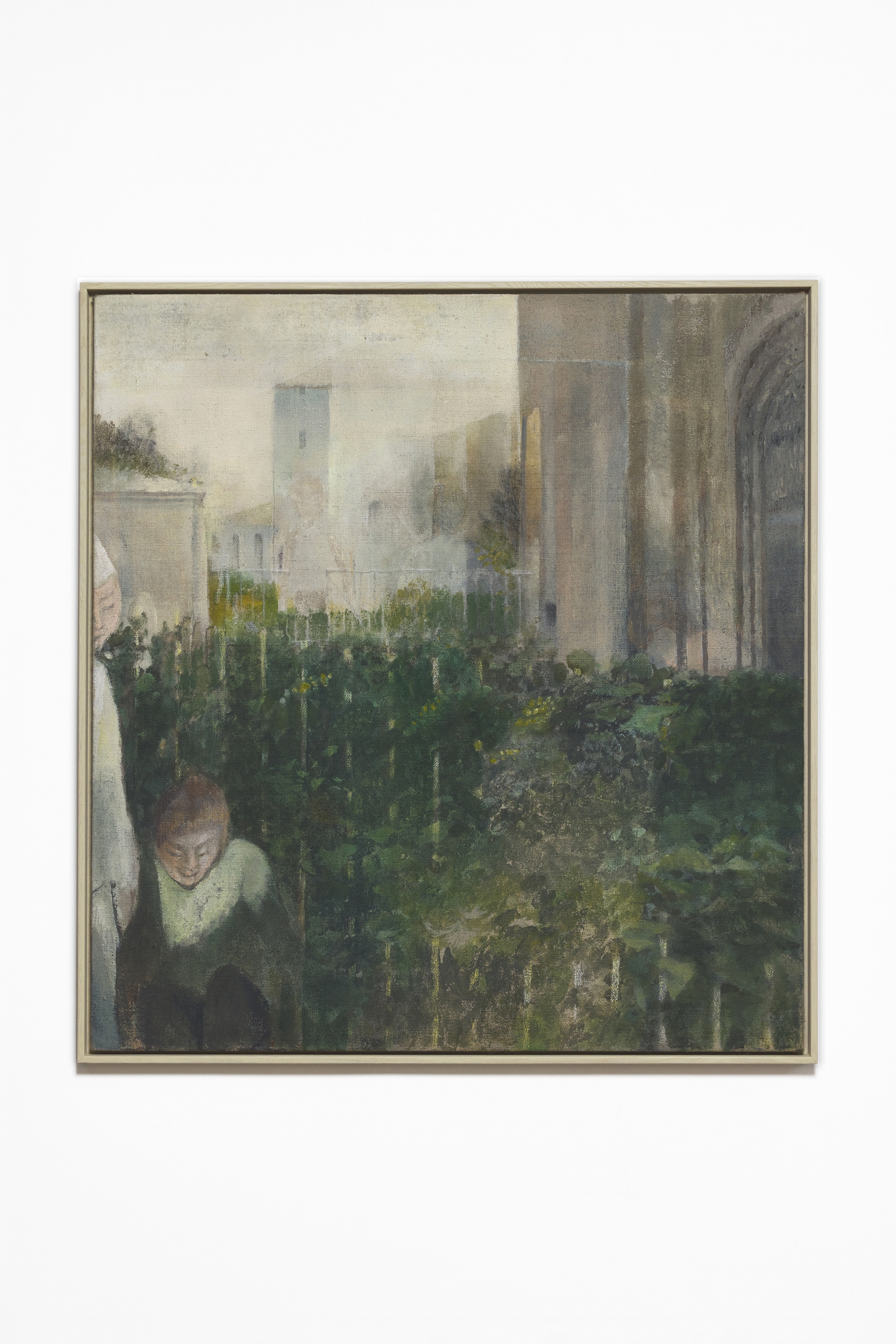
Tomasz Kowalski, Piekarze, 2025, oil, gouache and pencil on jute, 100 x 106 cm.
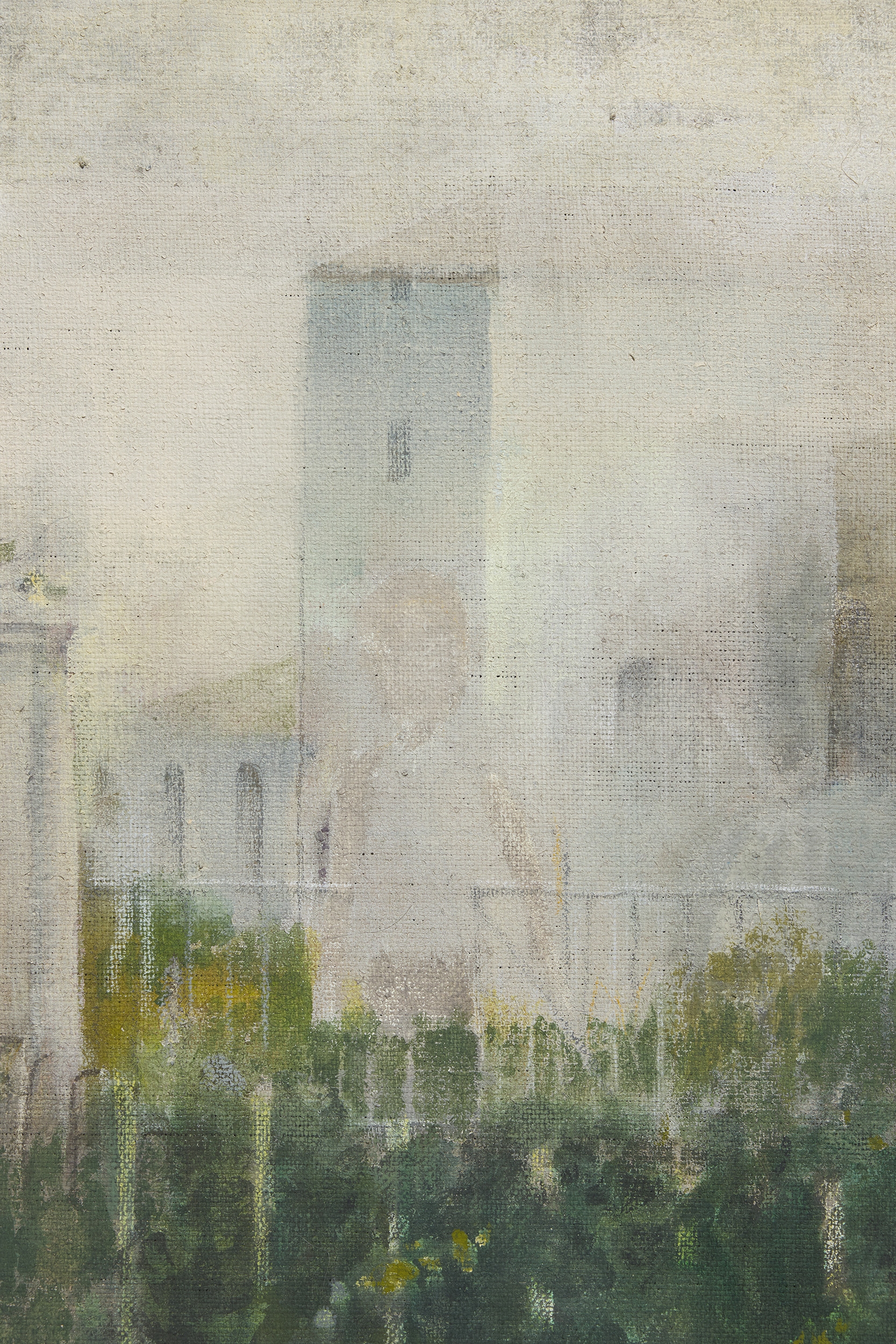
Tomasz Kowalski, Piekarze, 2025, oil, gouache and pencil on jute, 100 x 106 cm. (detail)
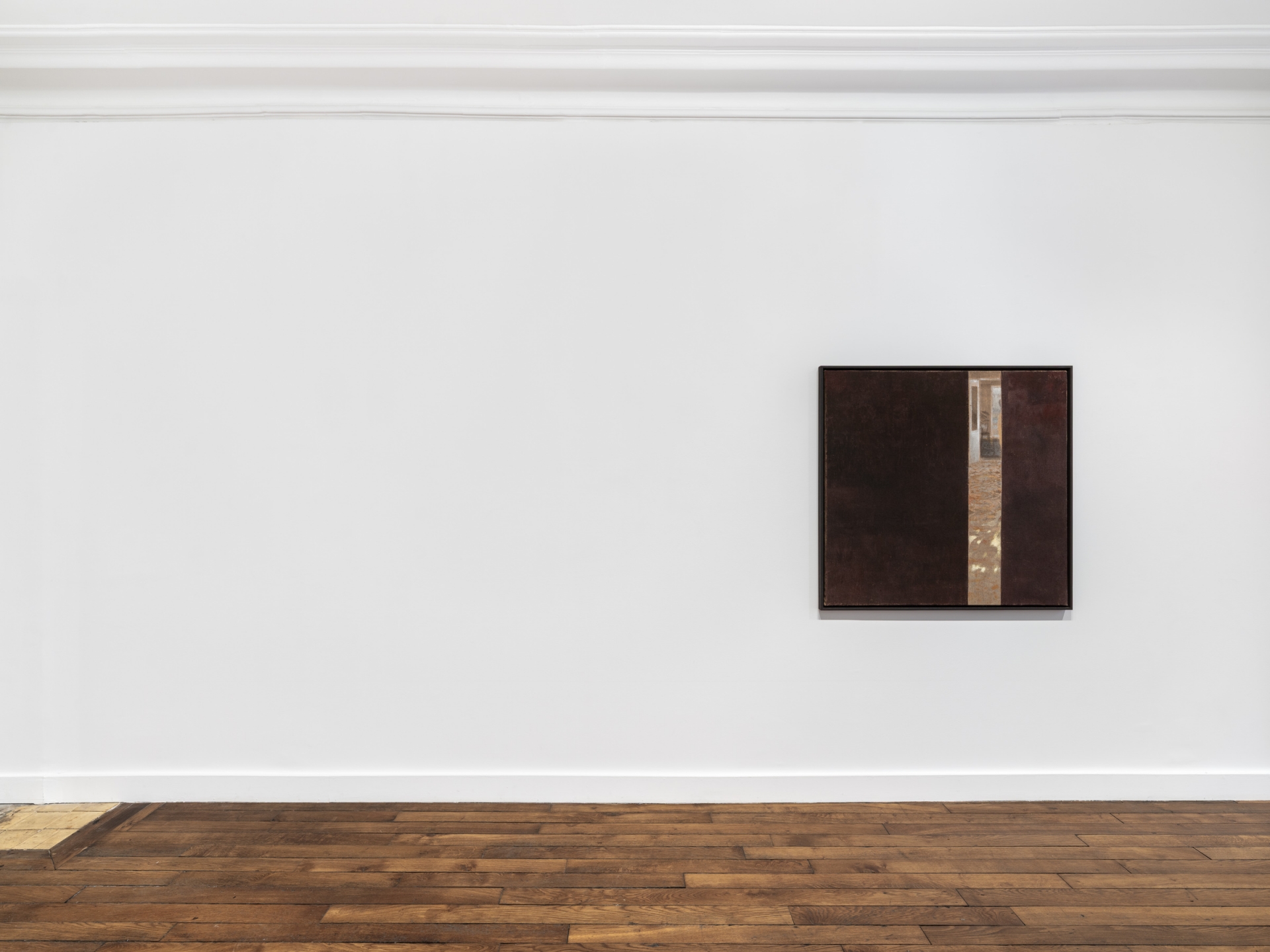
Installation view, At the Excavation Site, 2025, Crèvecœur, Paris.
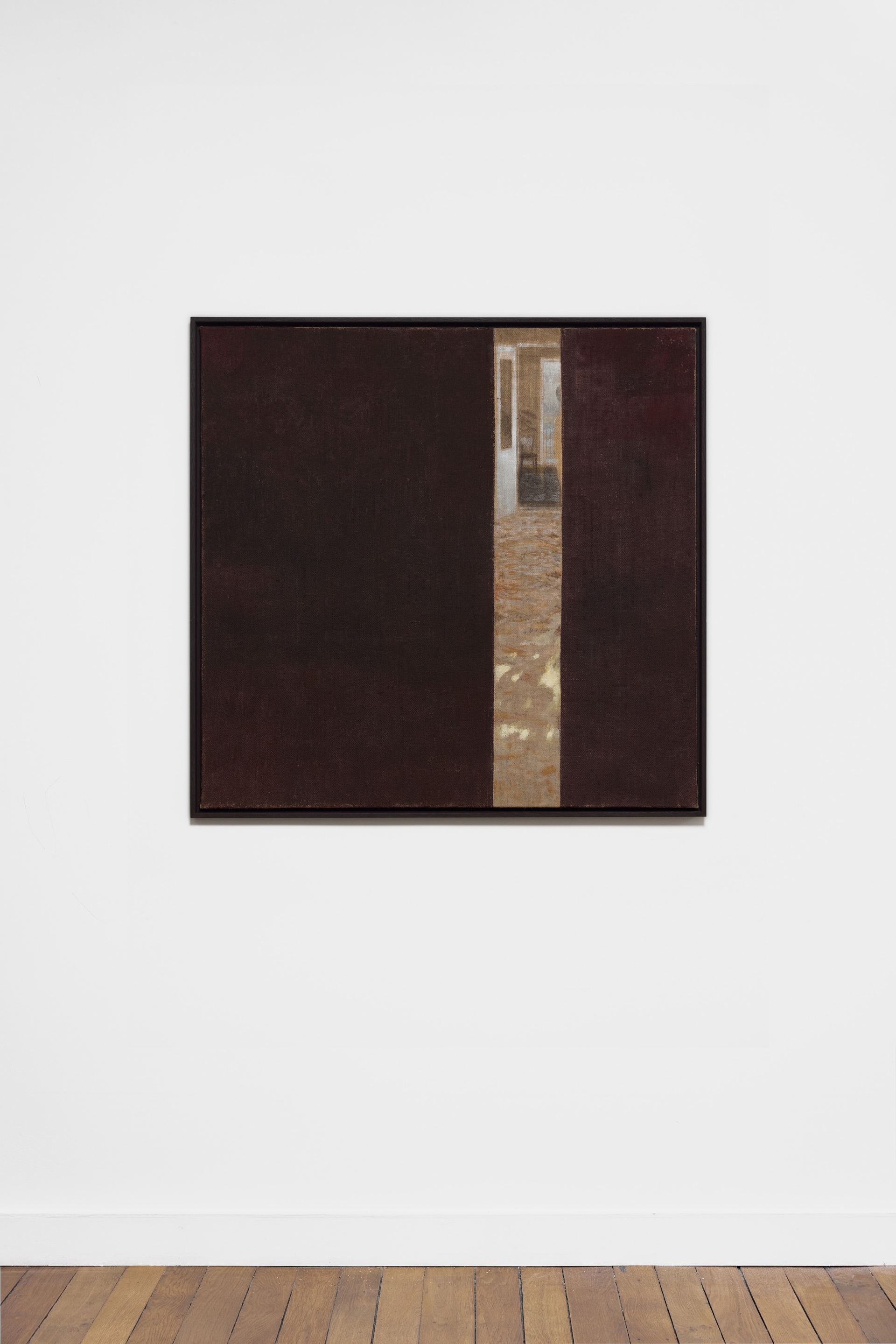
Tomasz Kowalski, untitled (film), 2025, oil, gouache and pencil on jute, 98 x 101 cm.
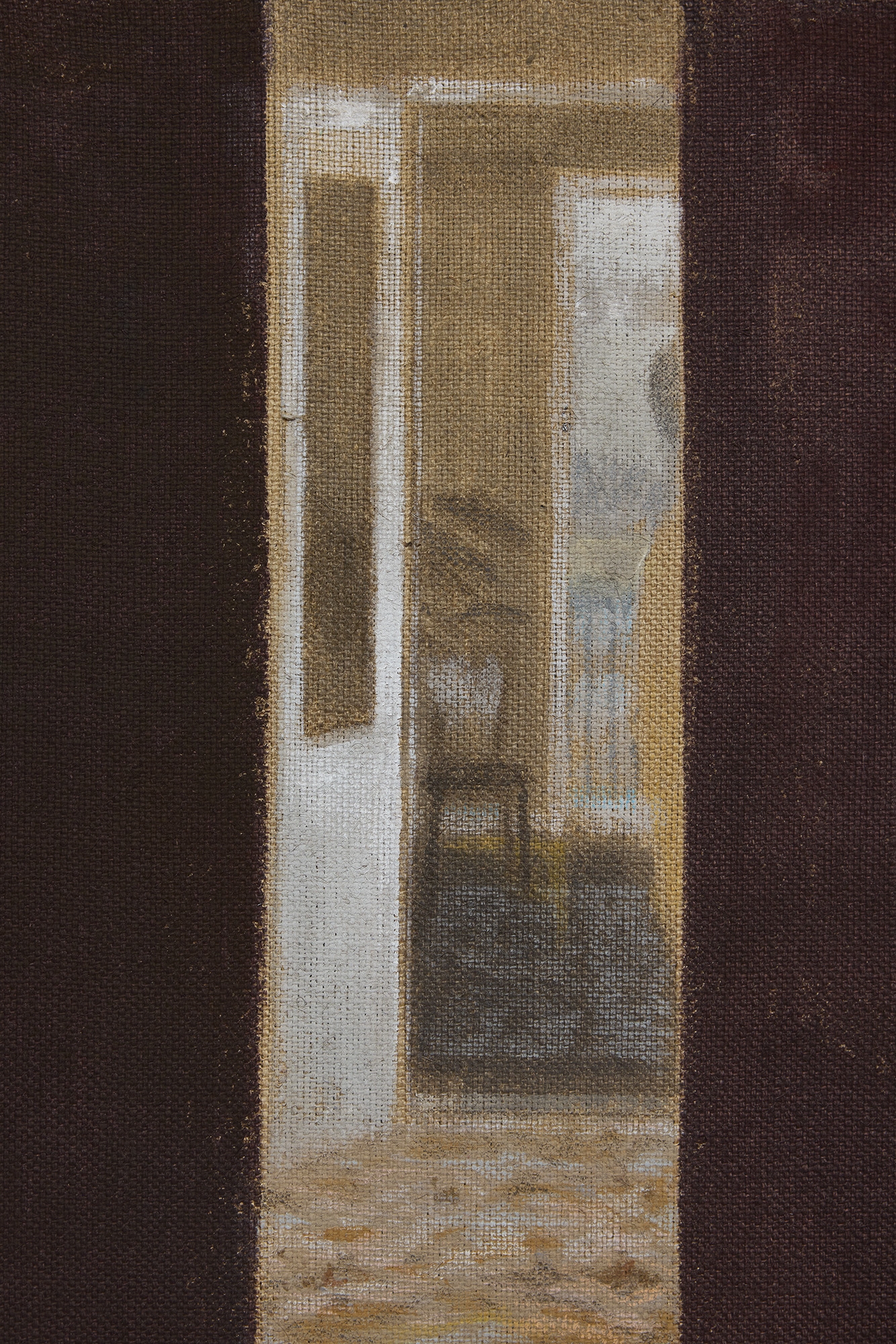
Tomasz Kowalski, untitled (film), 2025, oil, gouache and pencil on jute, 98 x 101 cm. (detail)
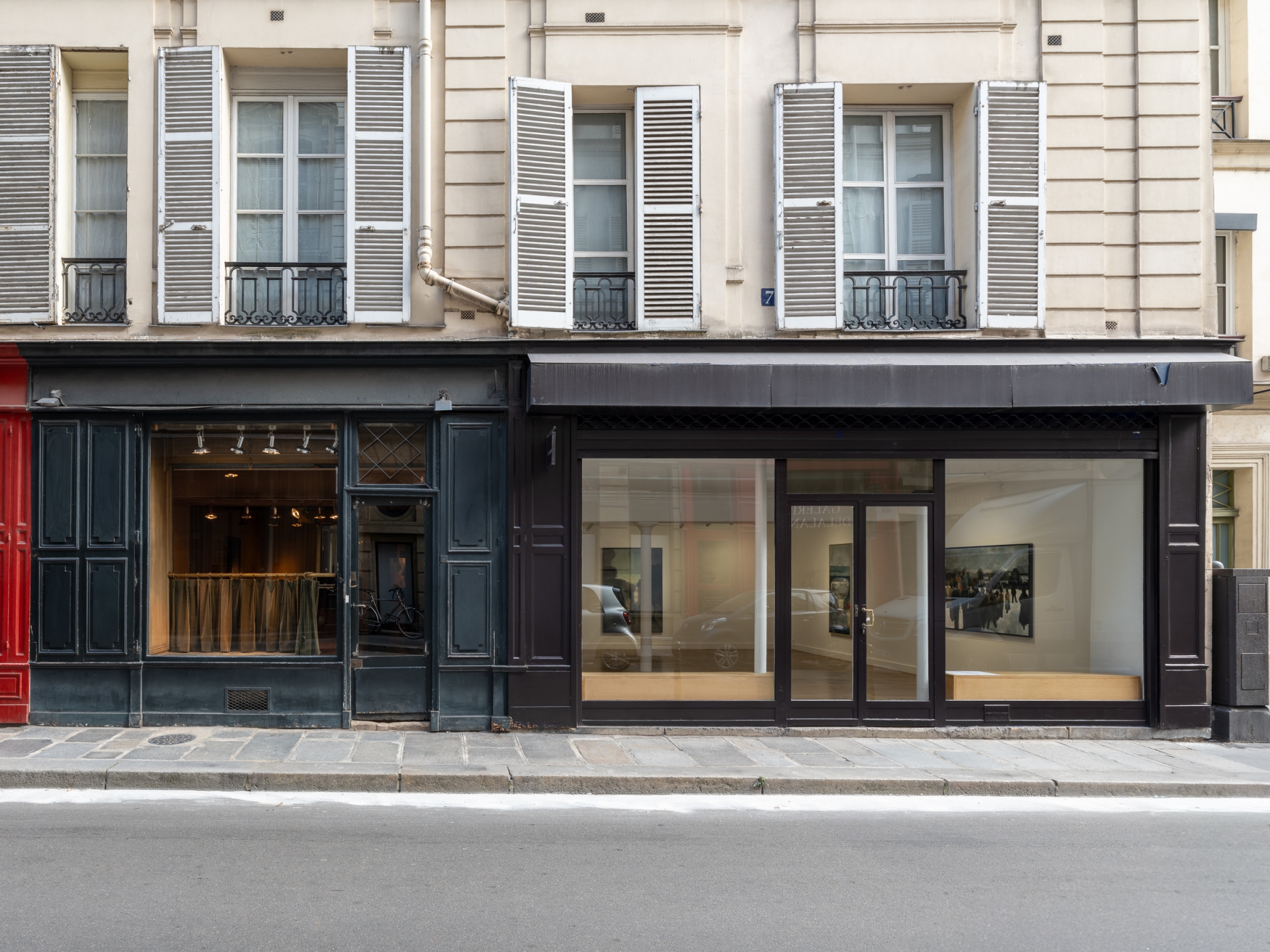
Installation view, A the Excavation Site, 2025, Crèvecœur, Paris.
Installation views: Holly Fogg
Works: Aleksei Kostromin
PARIS — Cascades
9 rue des Cascades
75 020 Paris – France
from Tue. to Fri.: 10 a.m. to 6 p.m.
Sat.: 11 a.m. to 7 p.m.
and by appointment
PARIS — Beaune
5 & 7 rue de Beaune
75 007 Paris – France
from Tue. to Fri.: 10 a.m. to 6 p.m.
Sat.: 11 a.m. to 7 p.m.
and by appointment
Contact
PARIS — CASCADES: +33 (0)9 54 57 31 26
PARIS — BEAUNE: +33 (0)9 62 64 38 84
info@galeriecrevecoeur.com